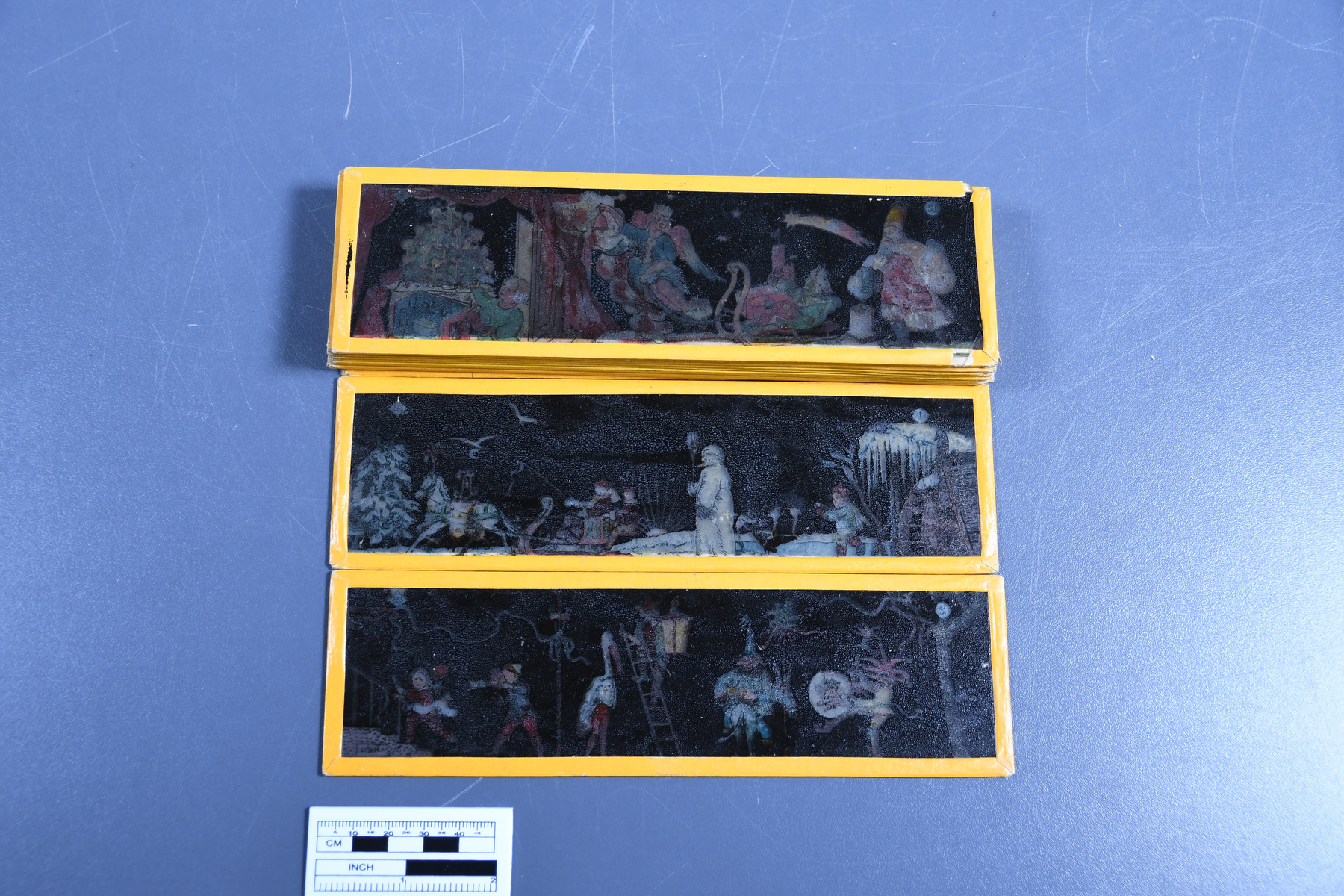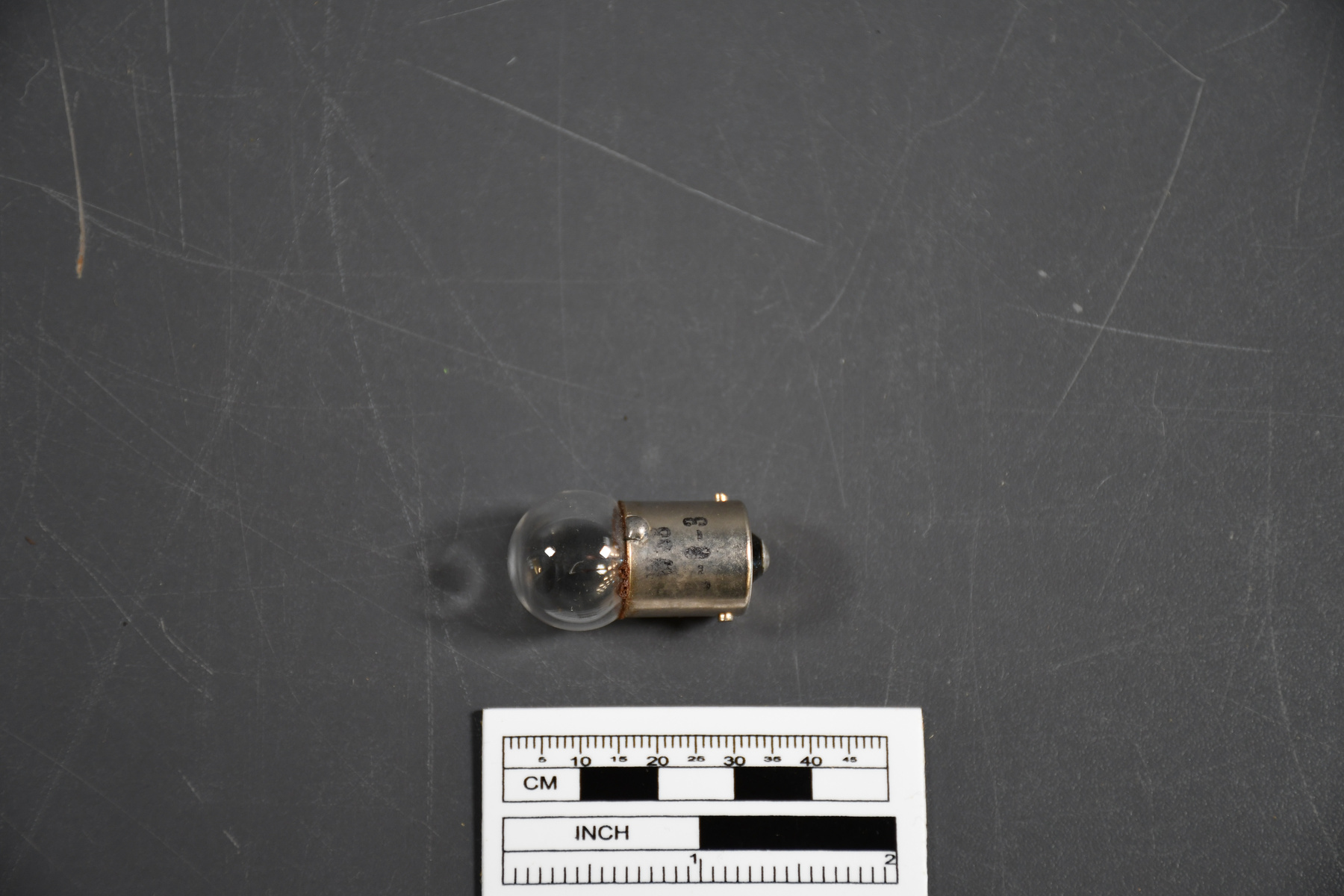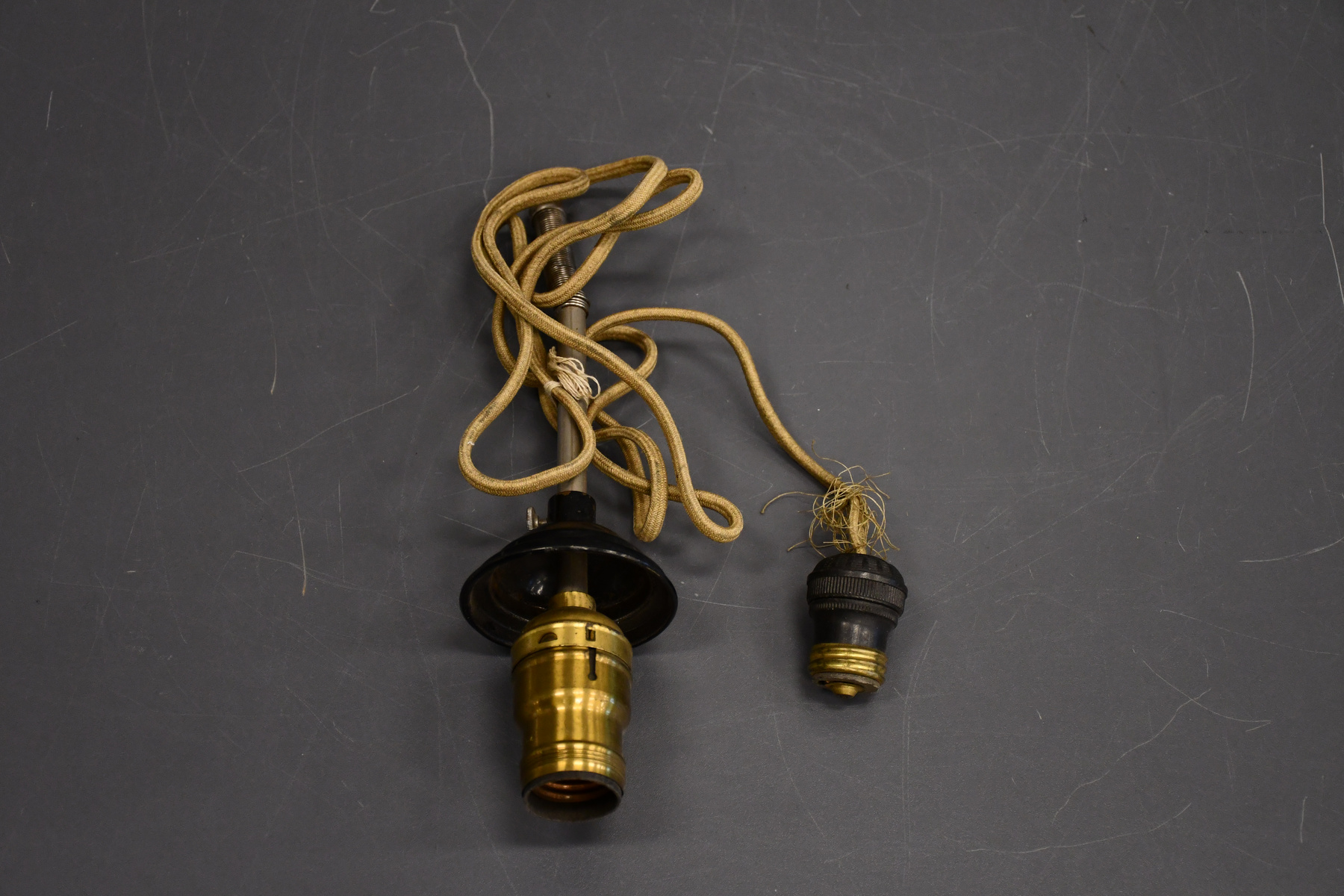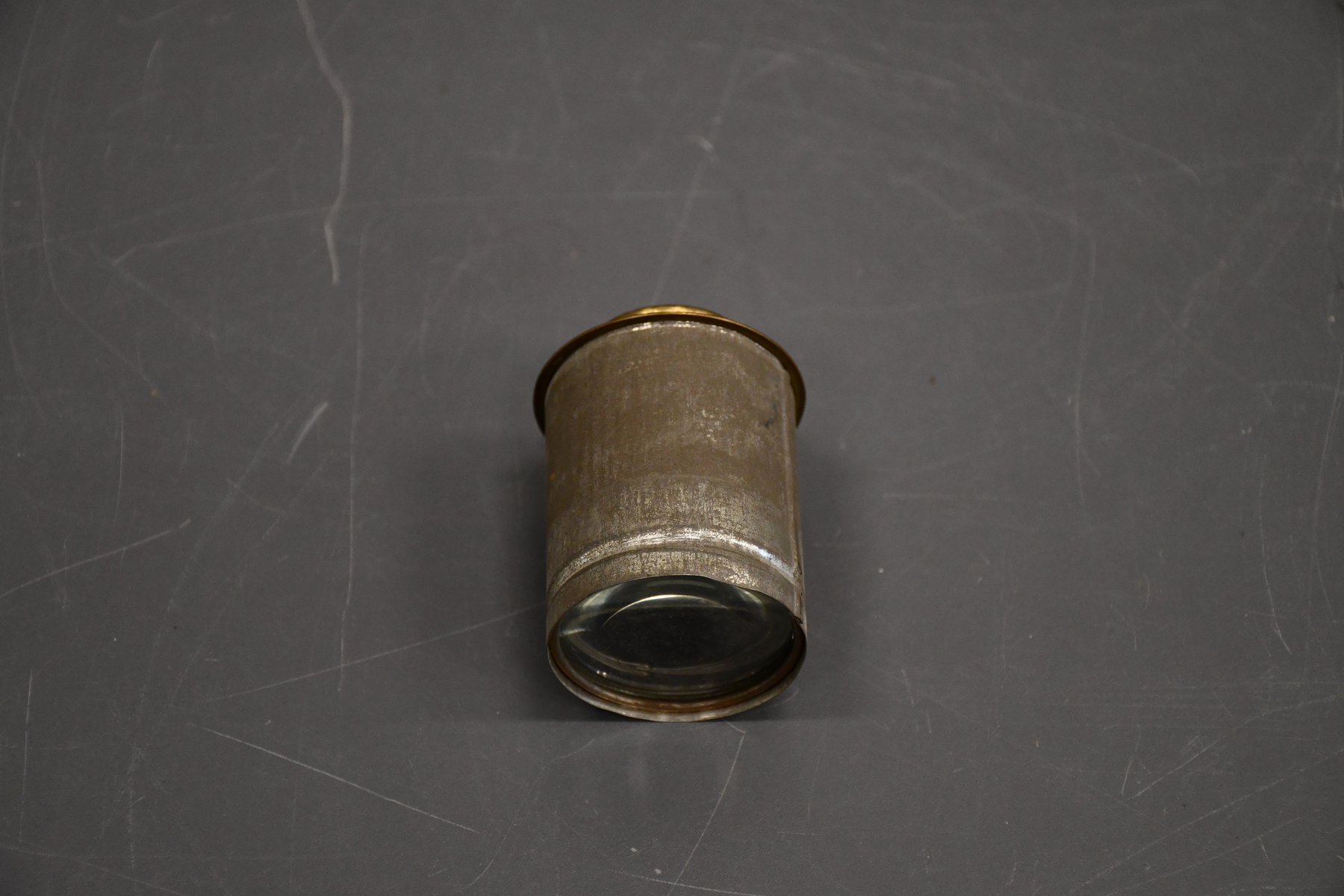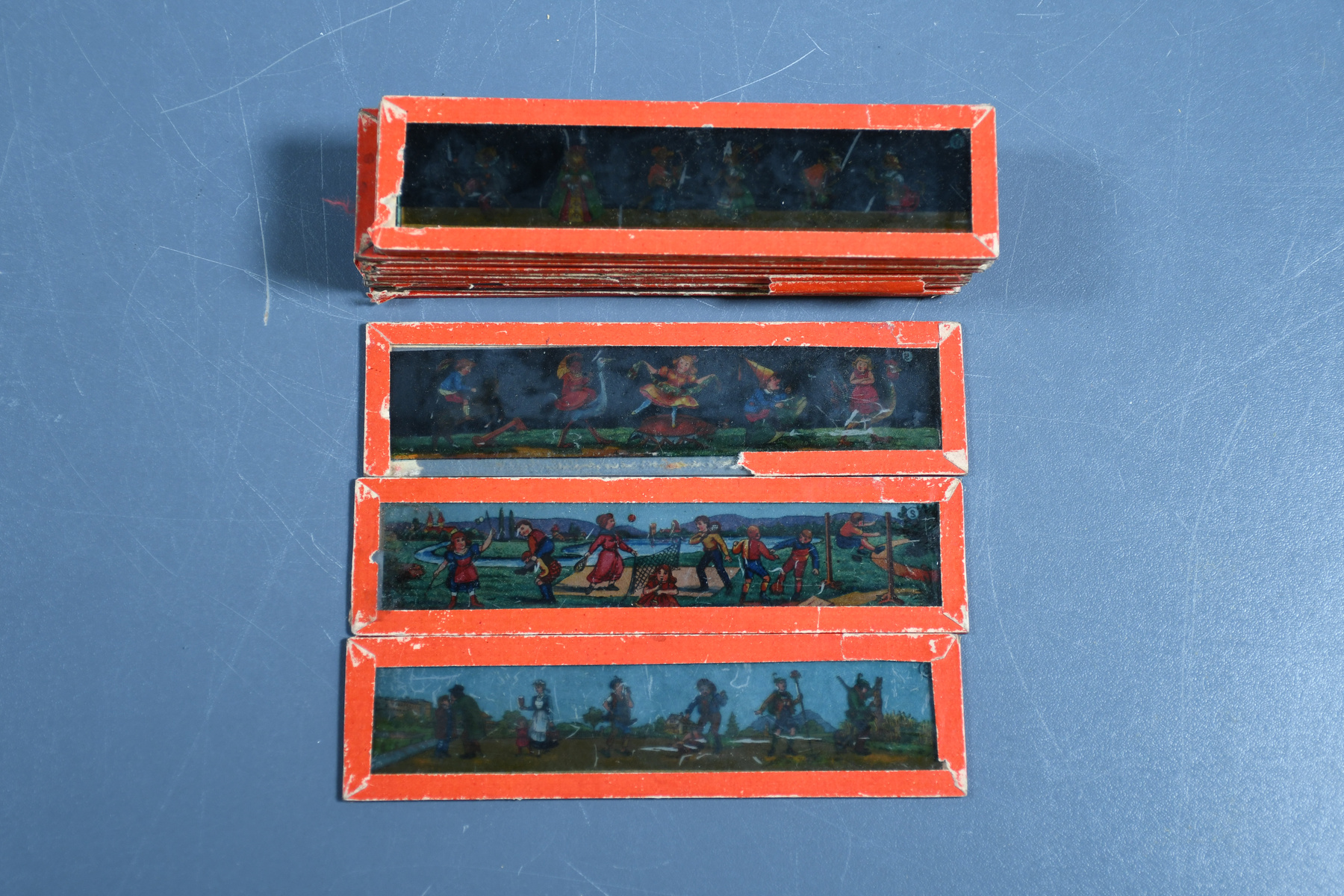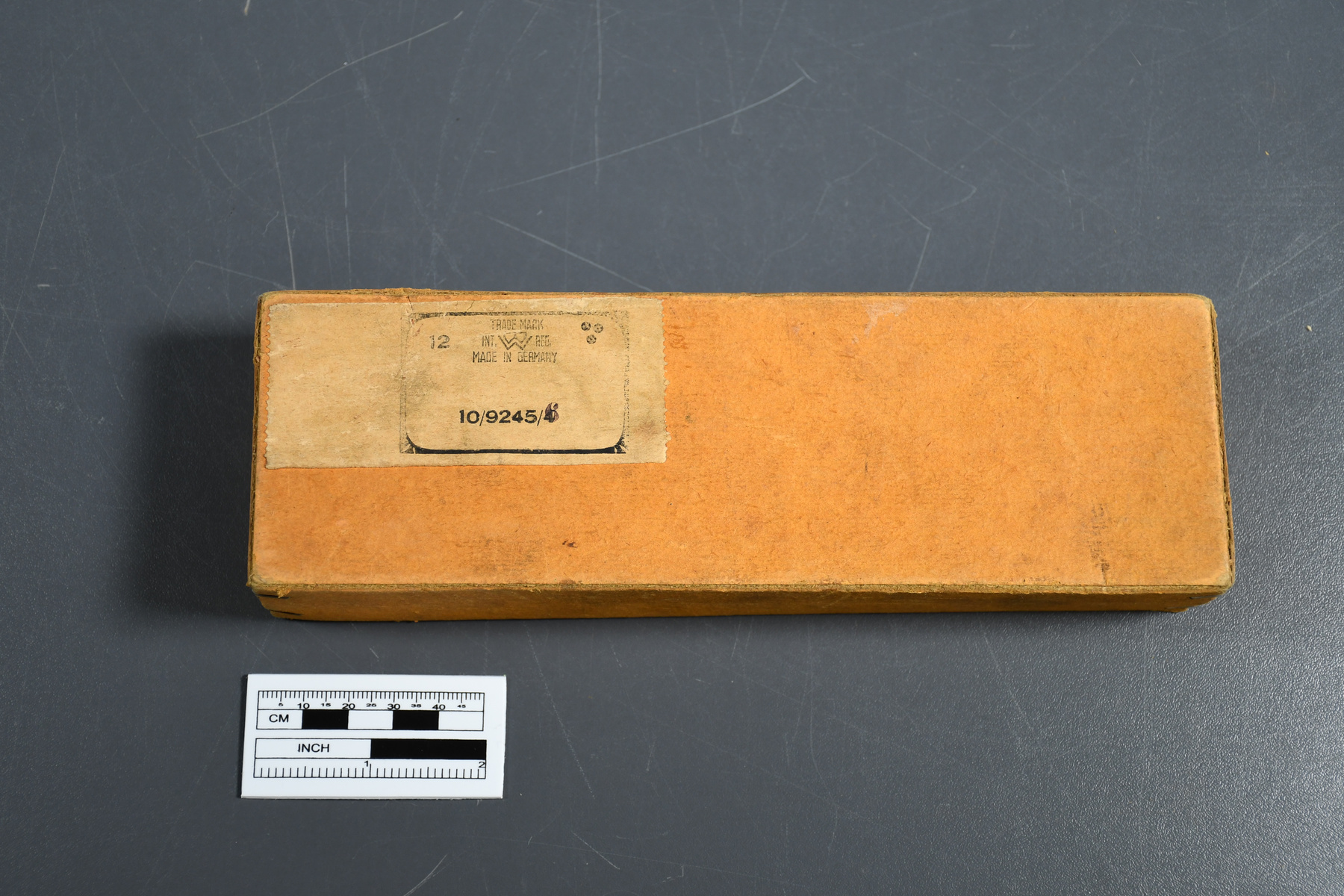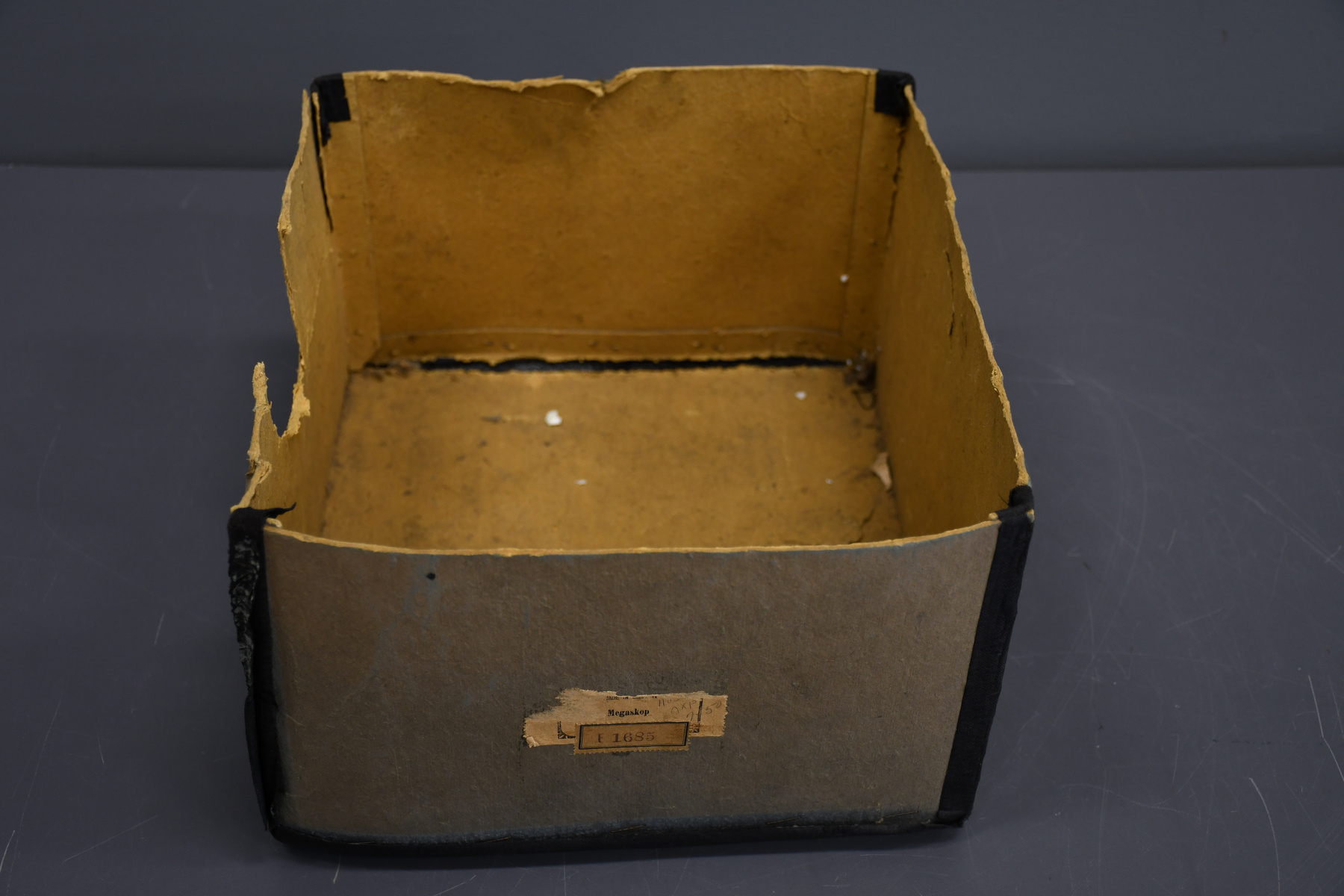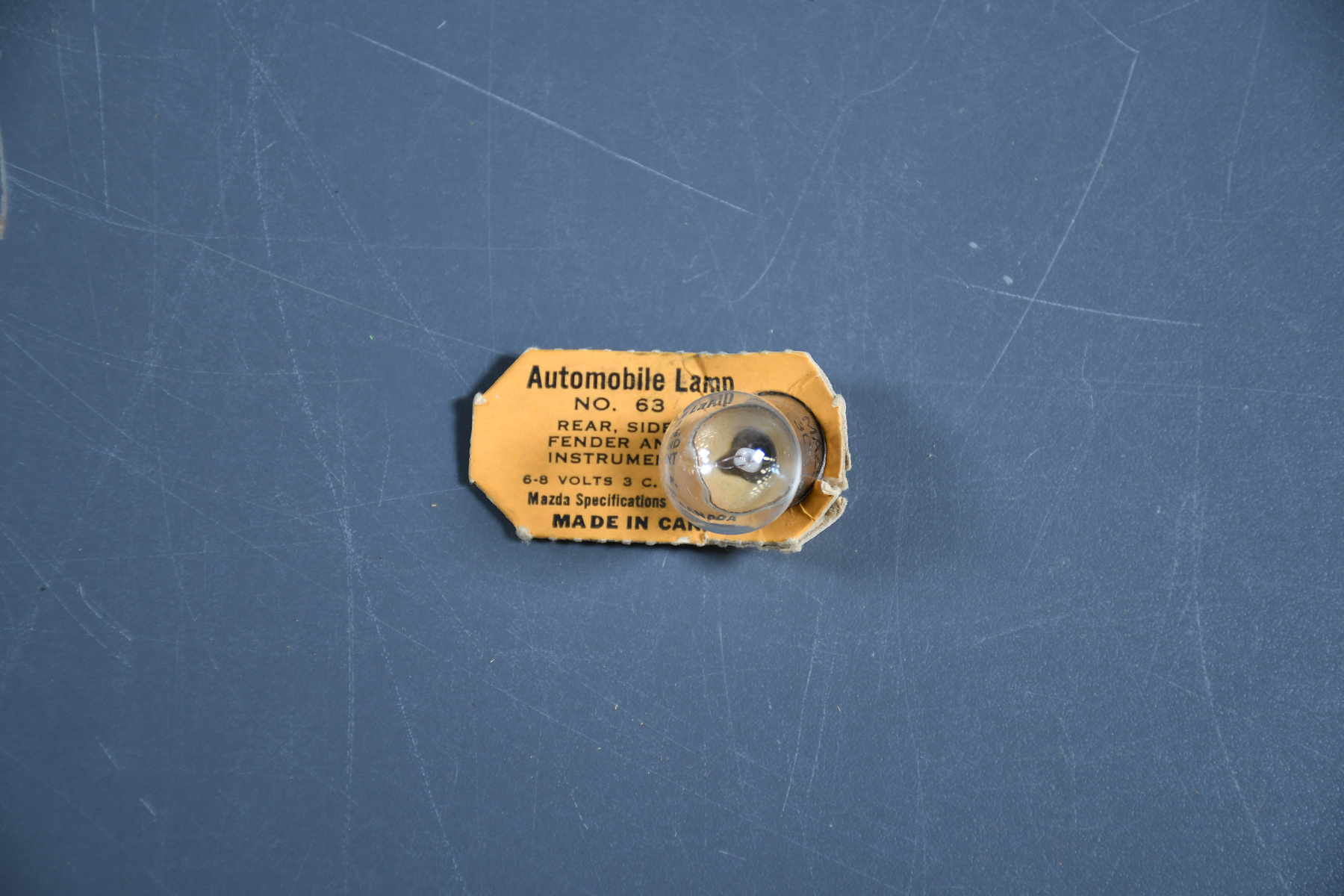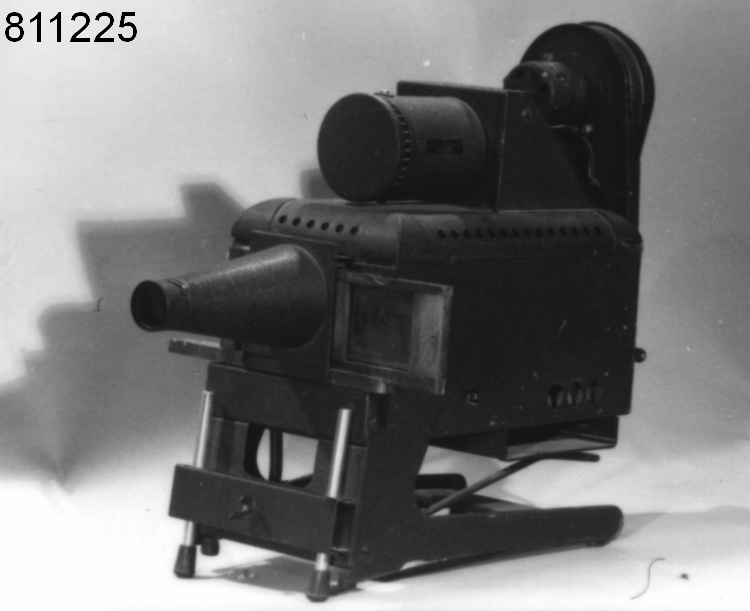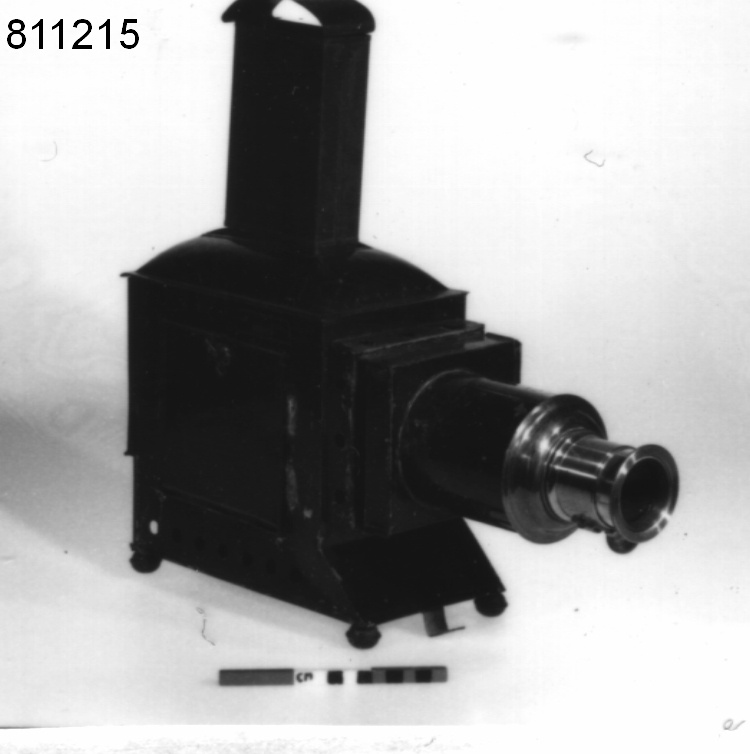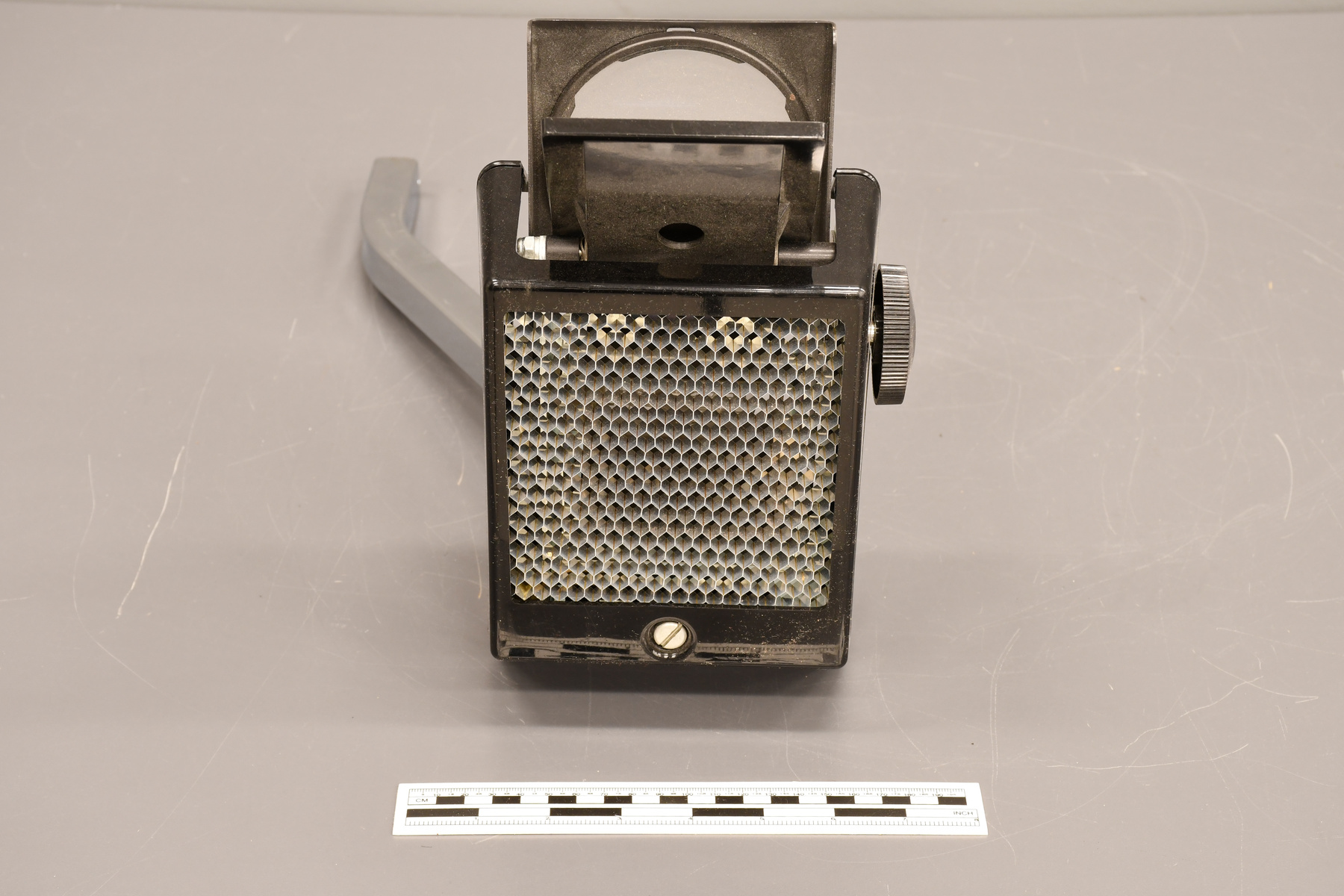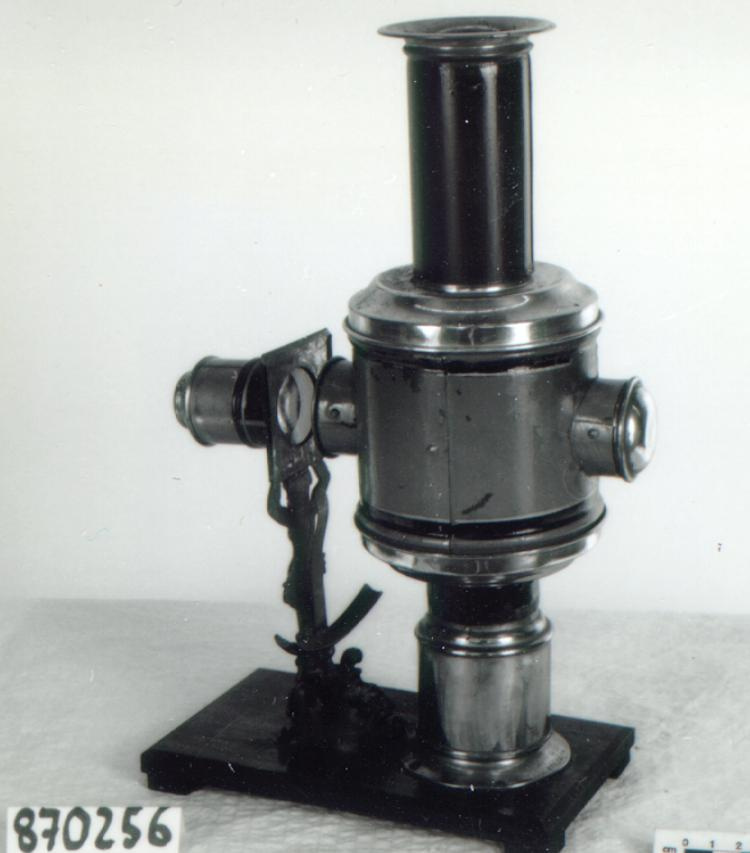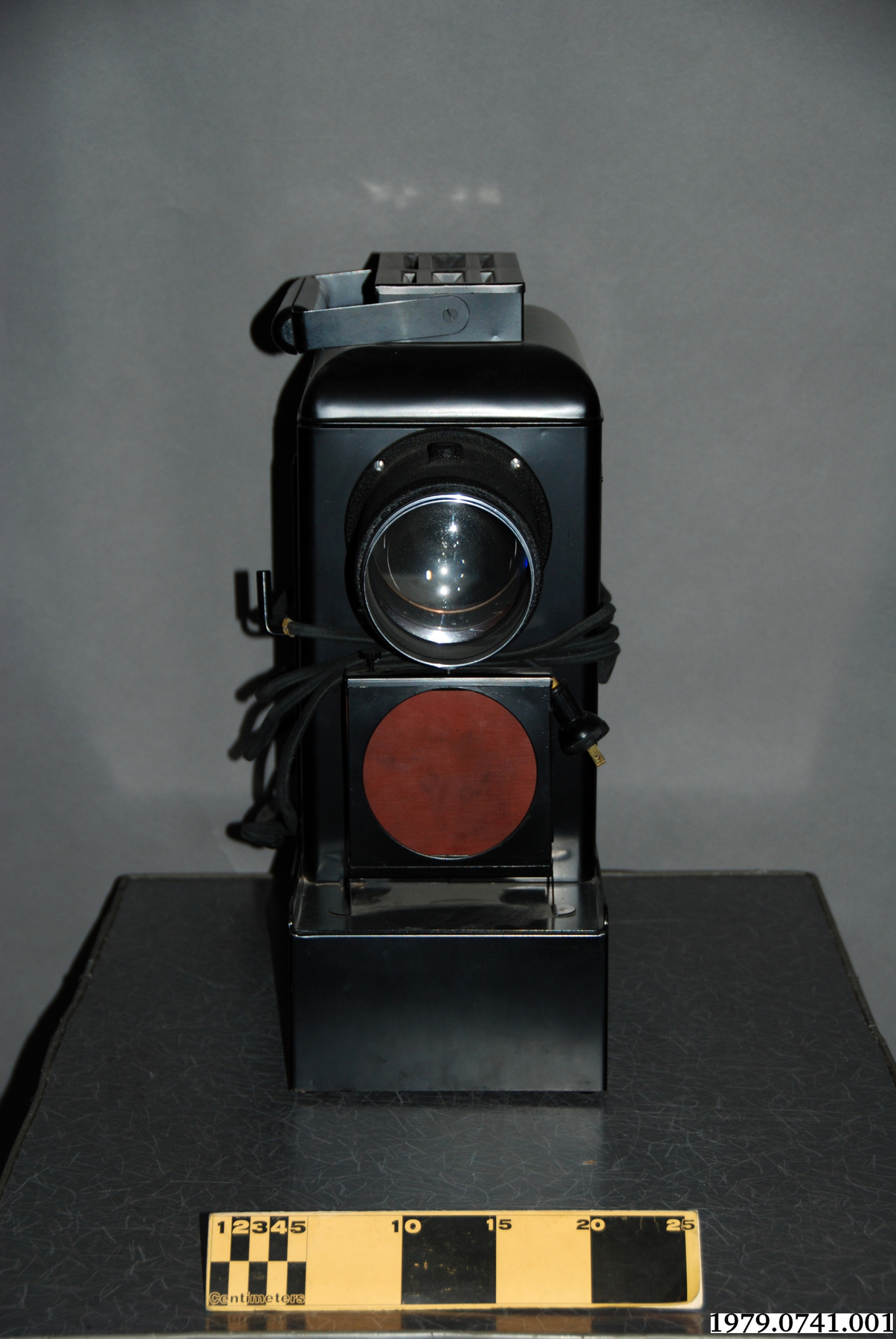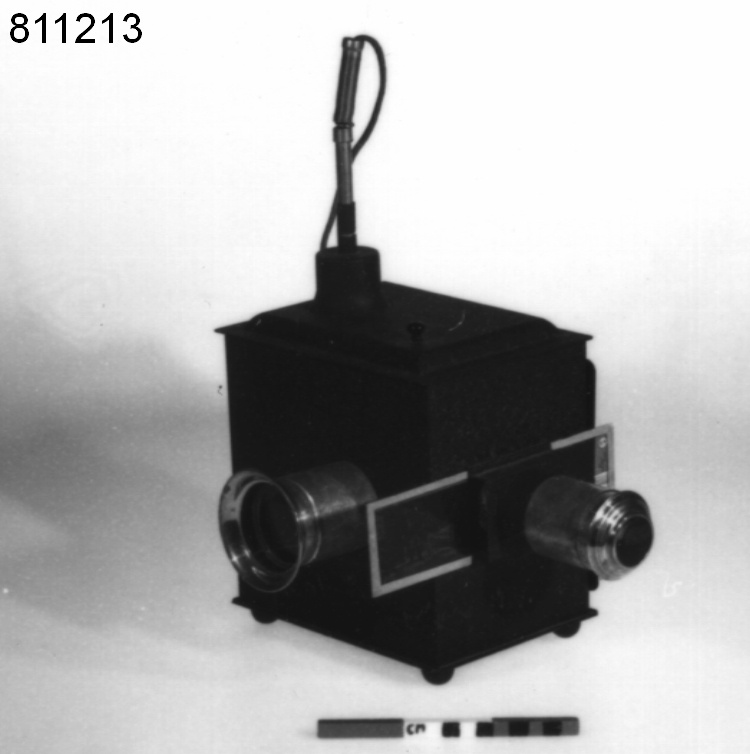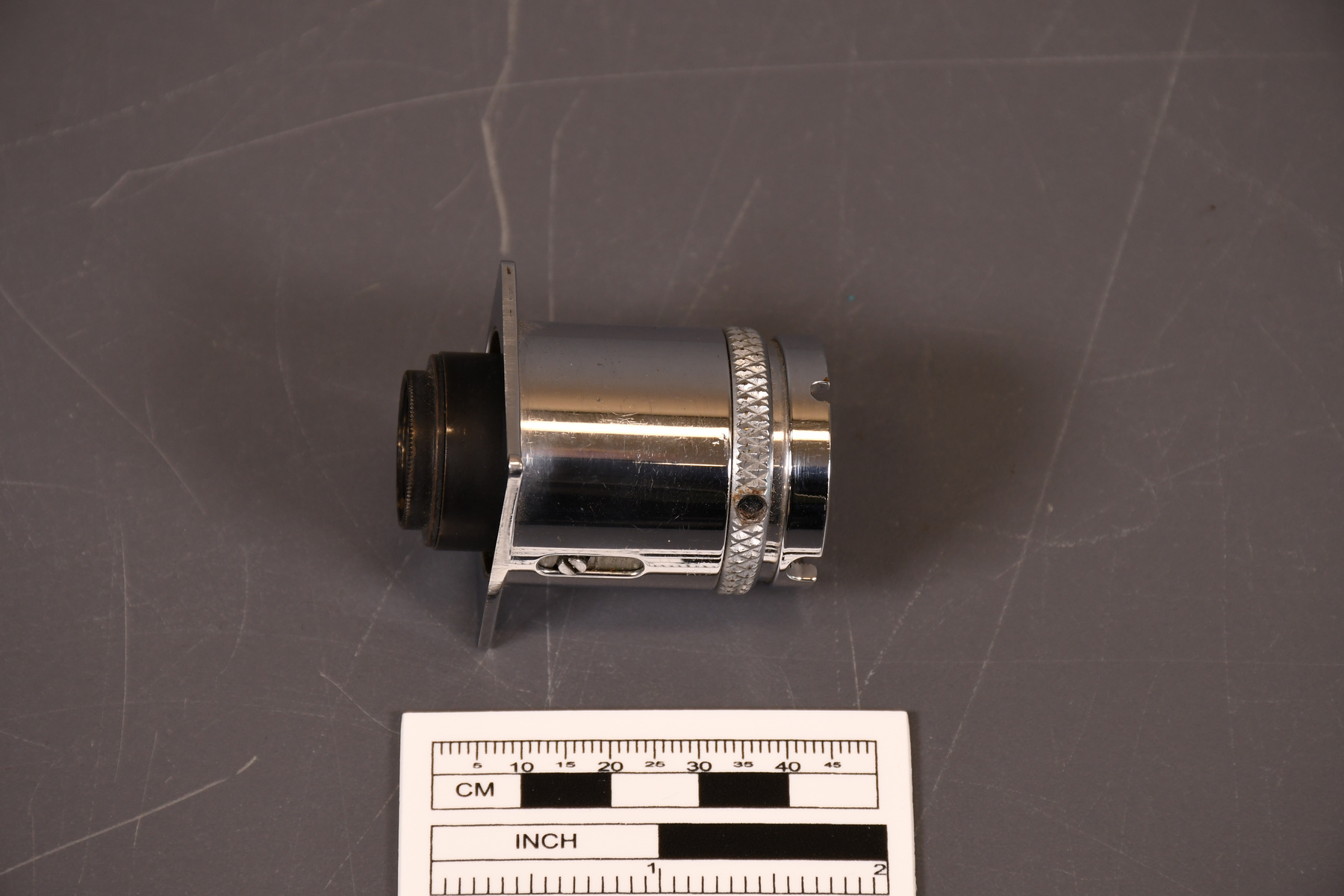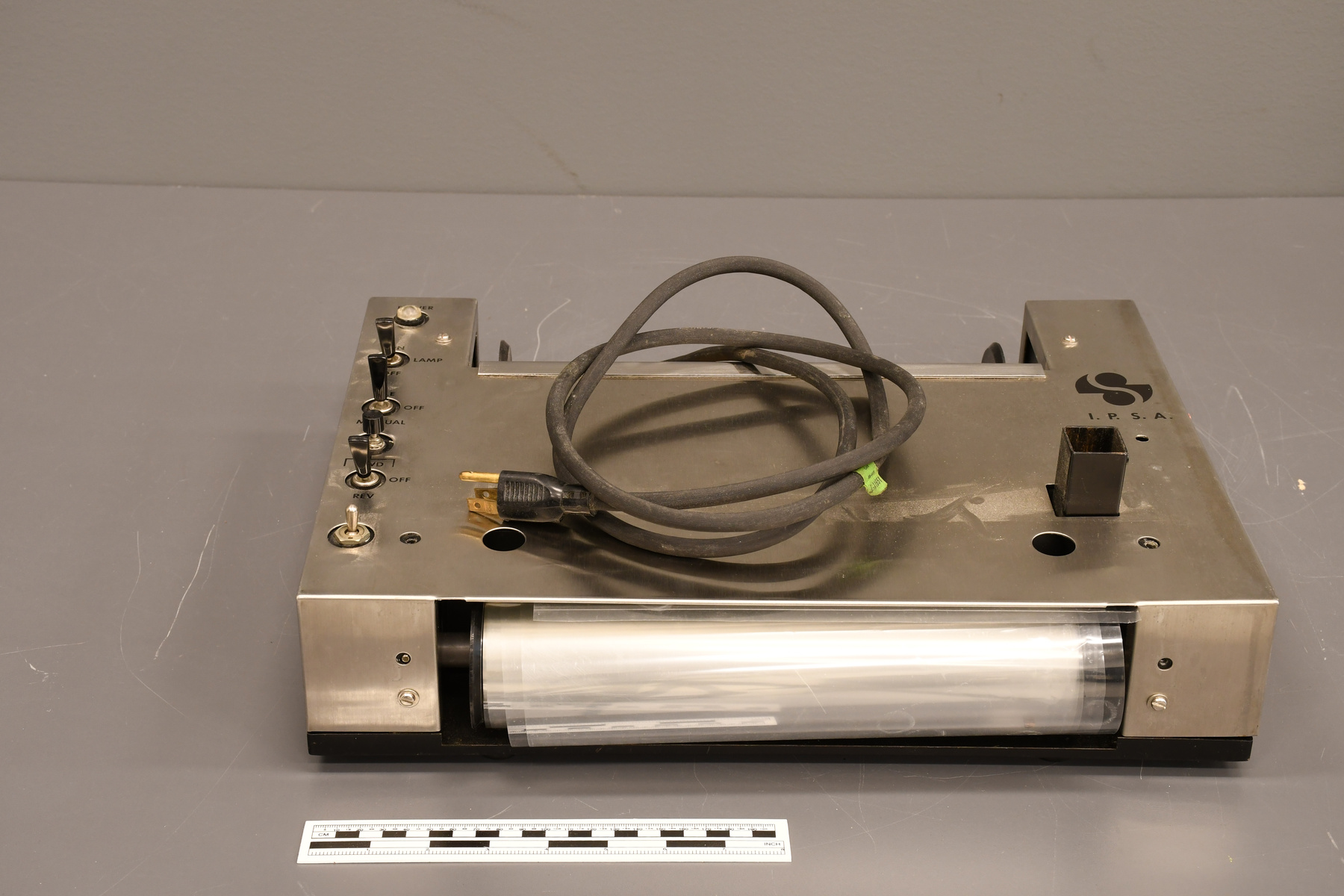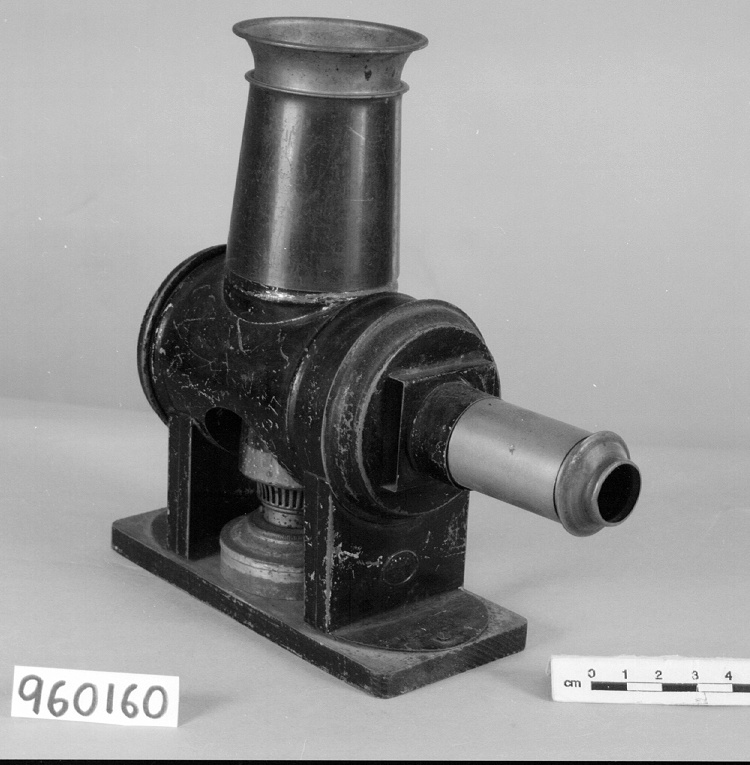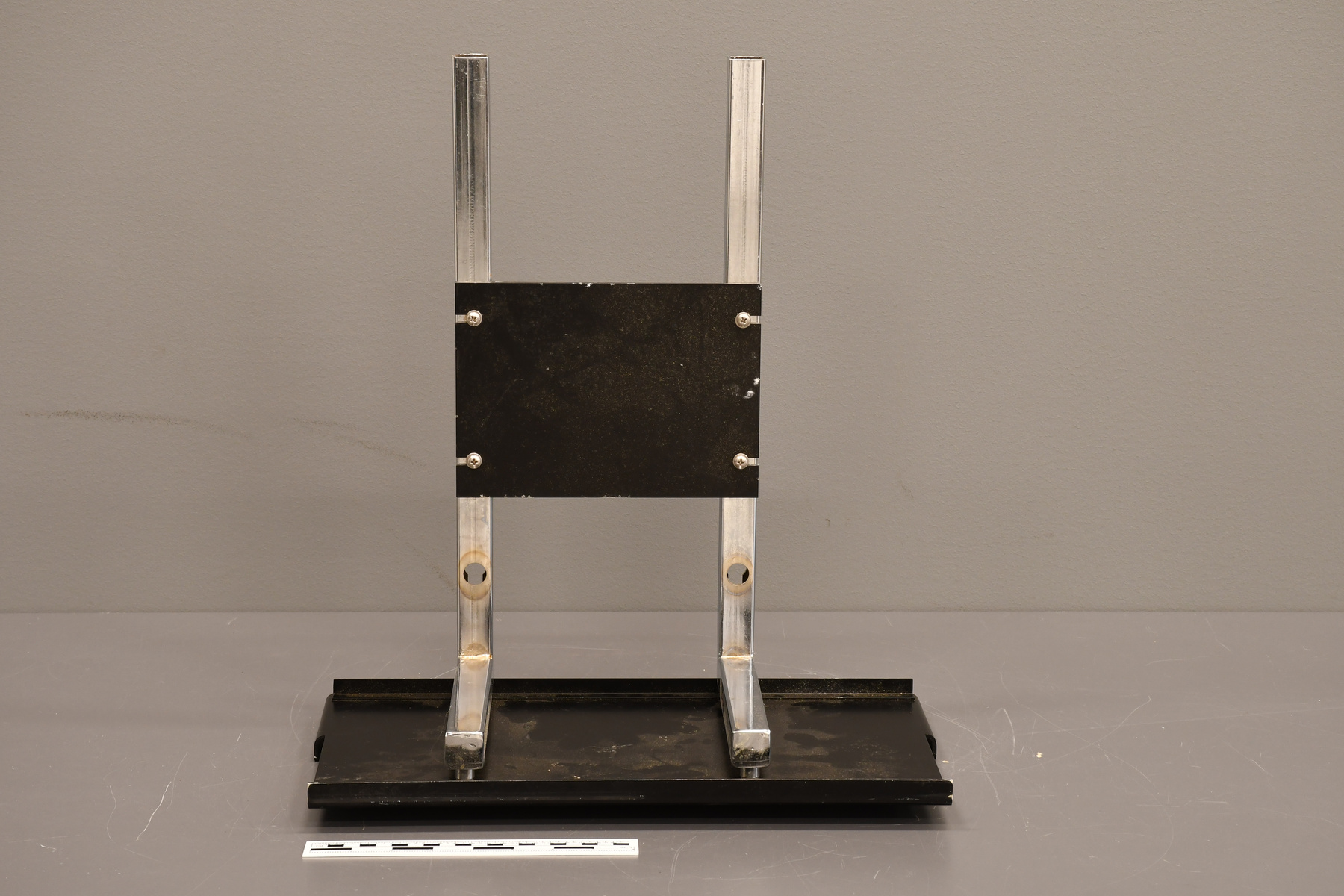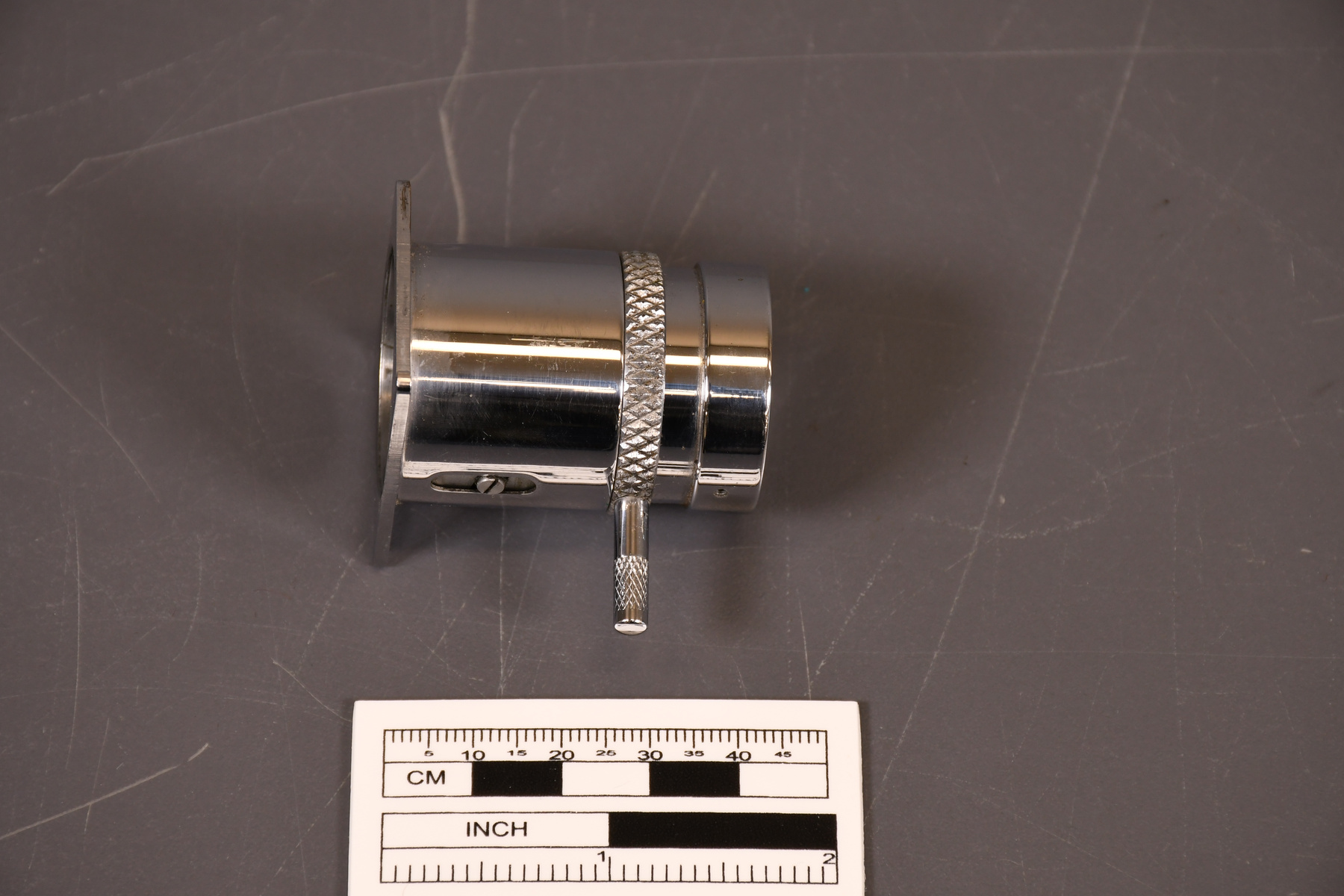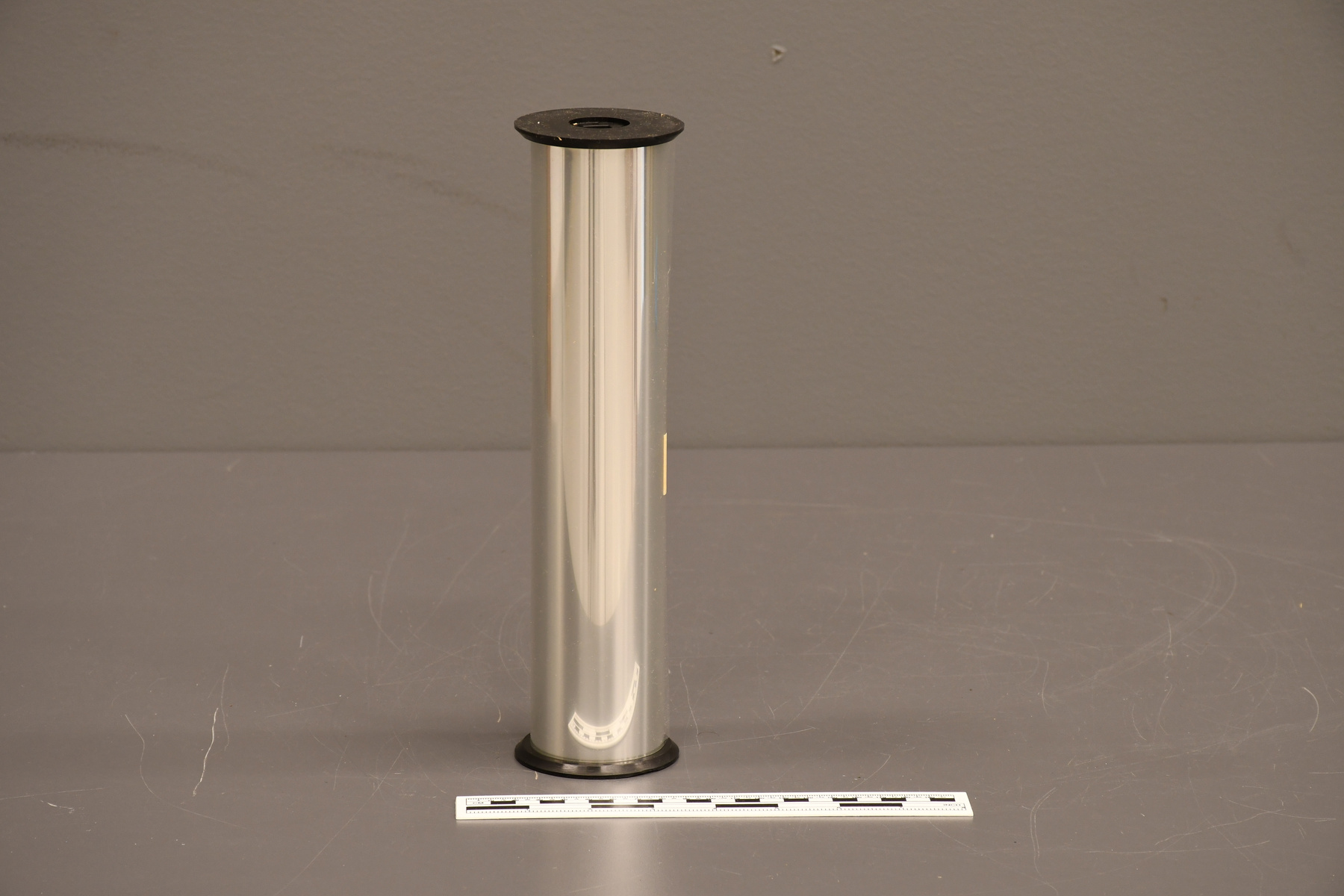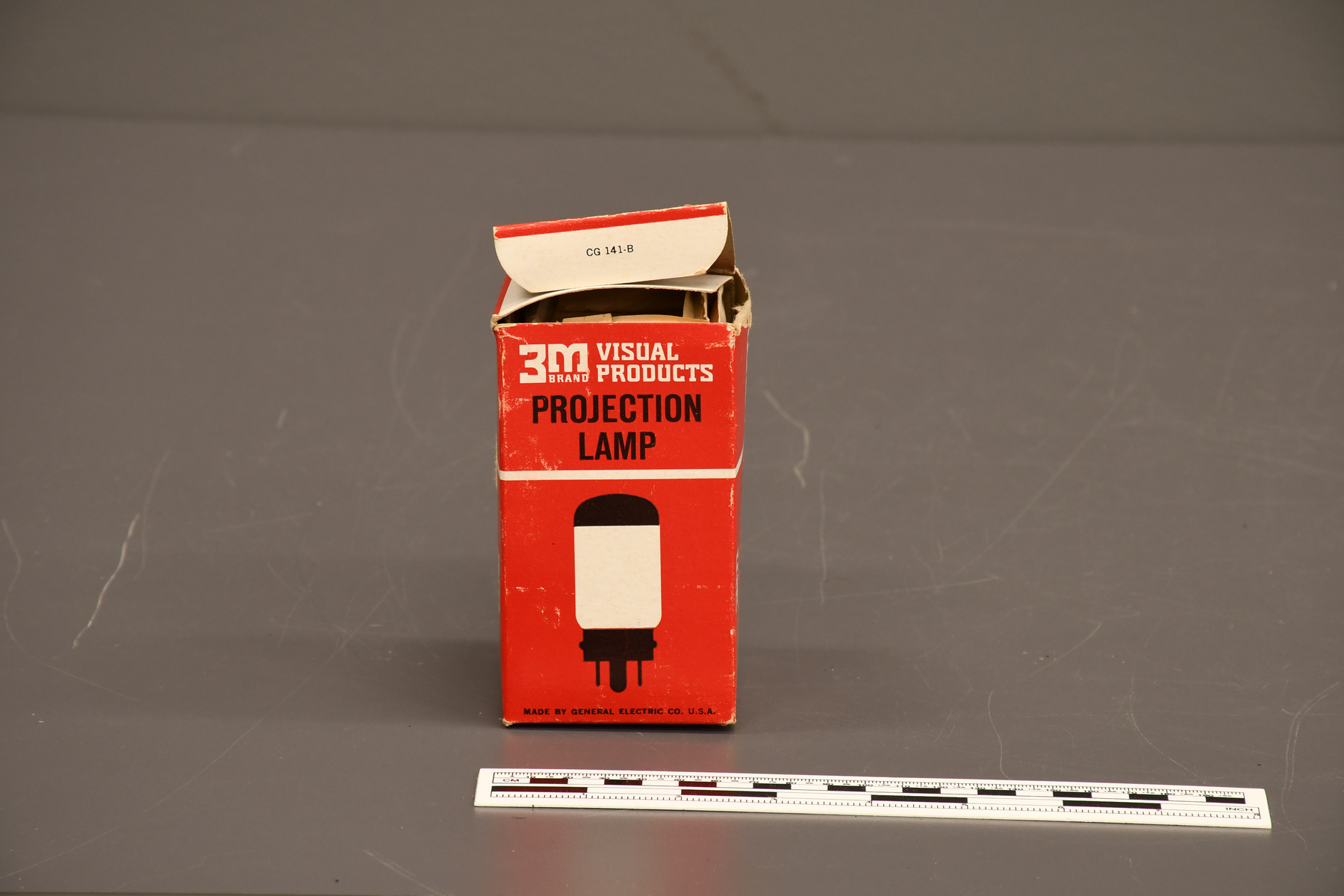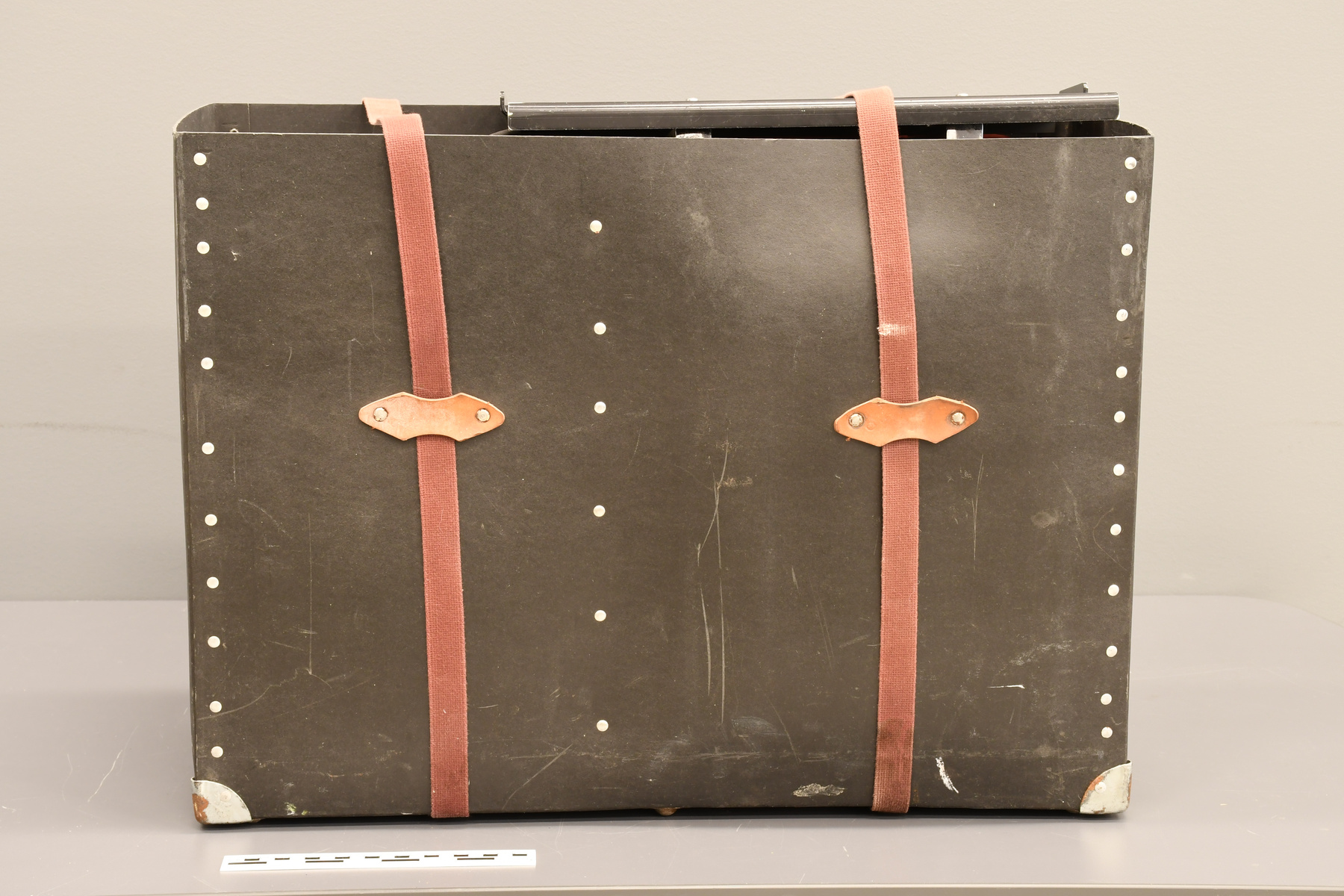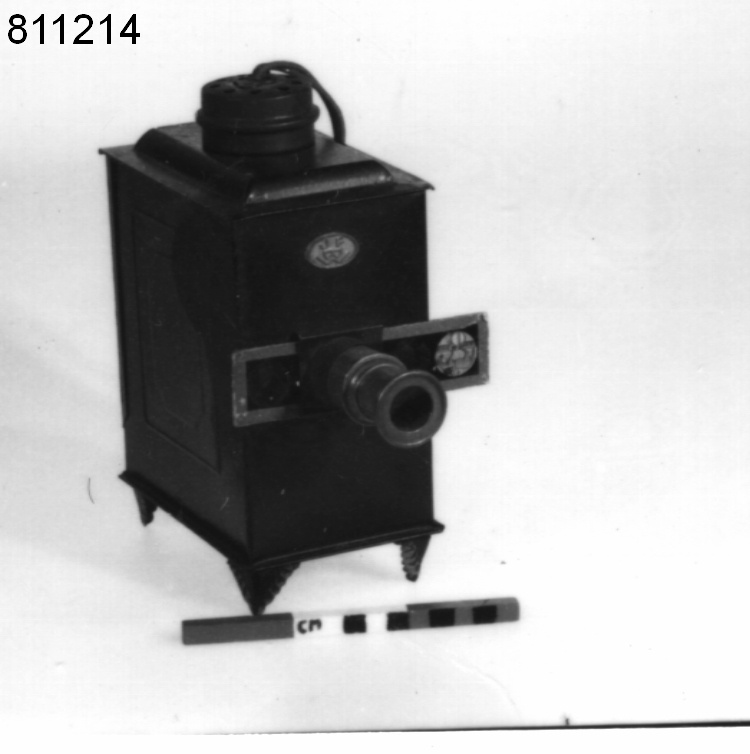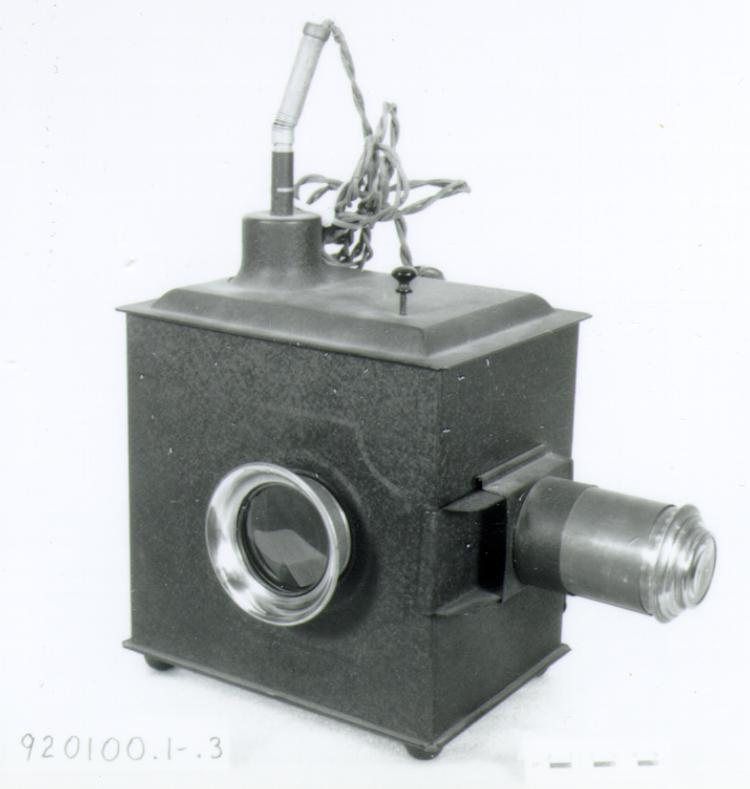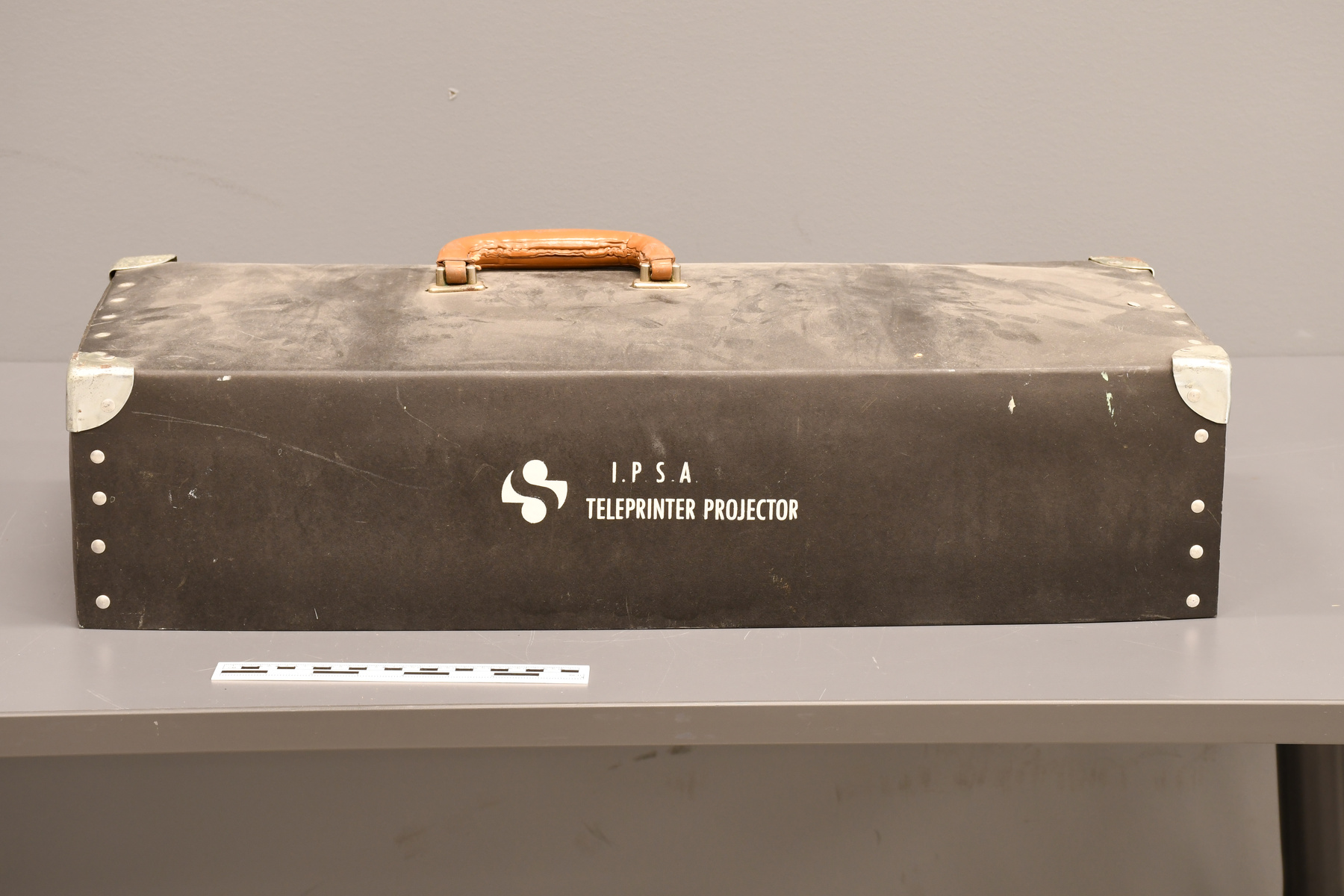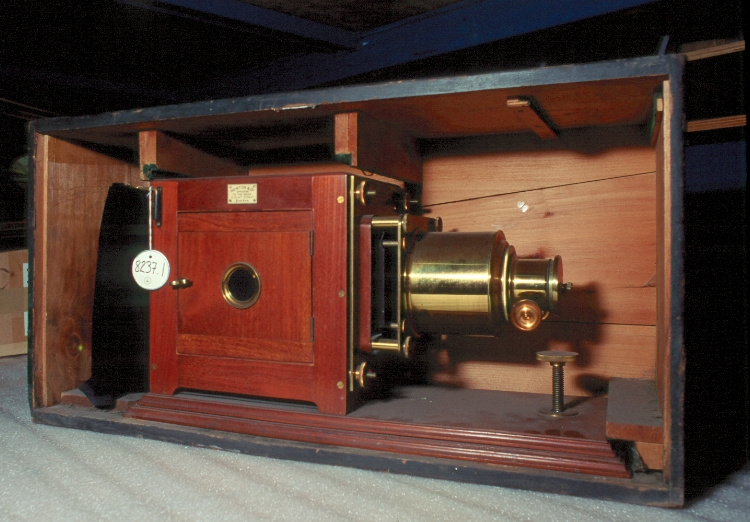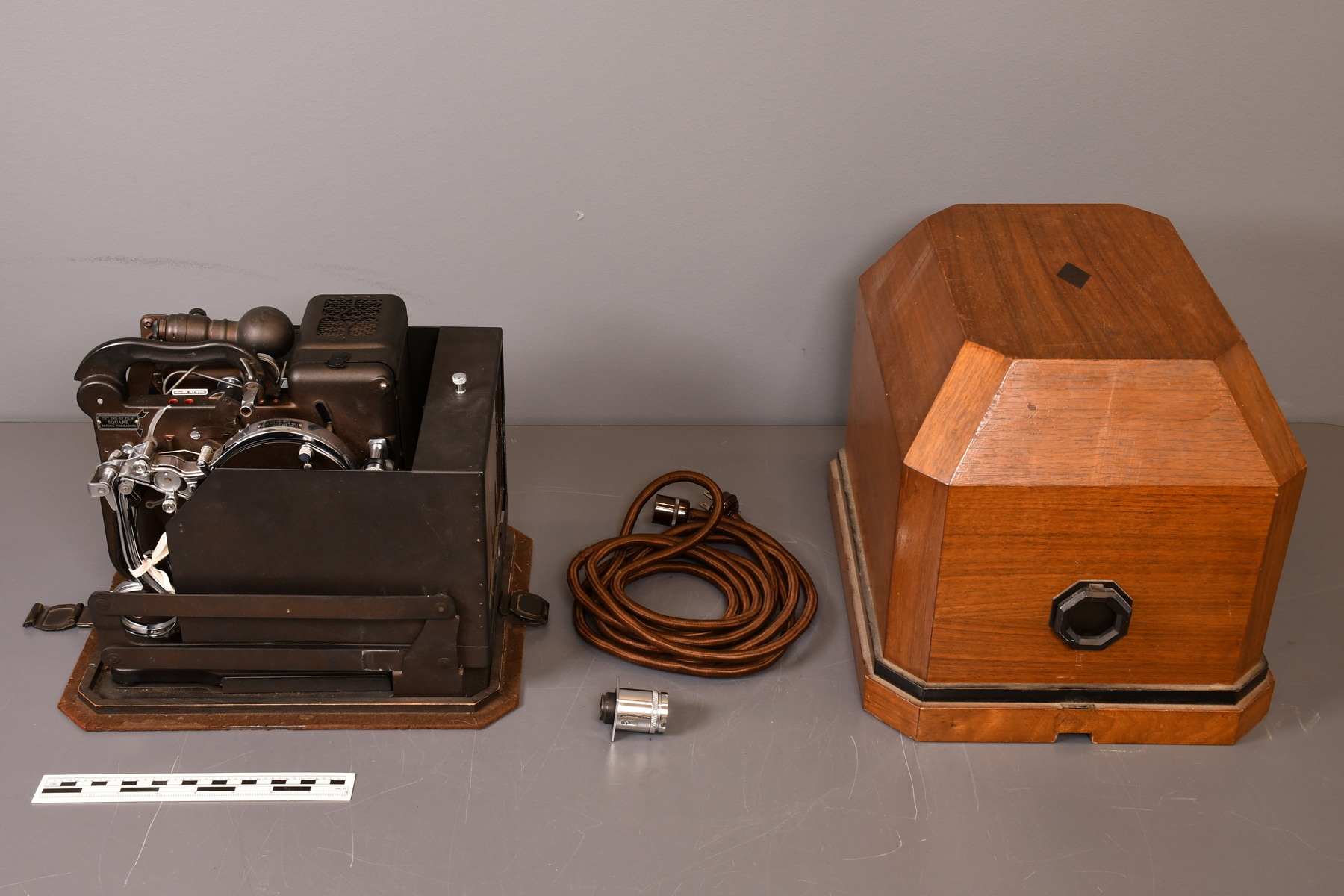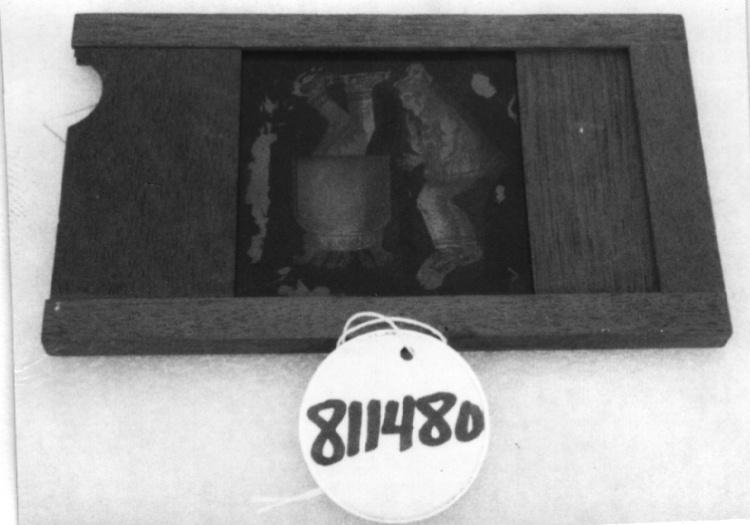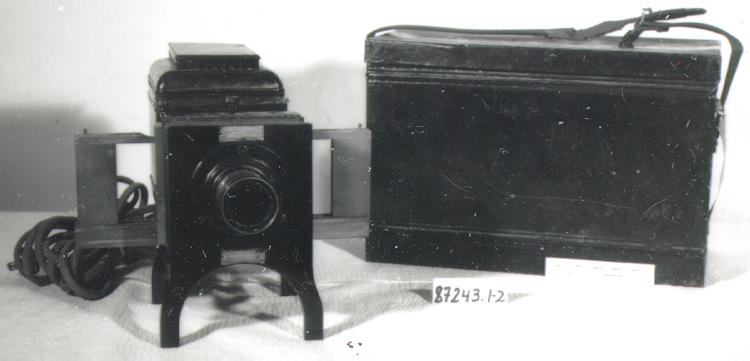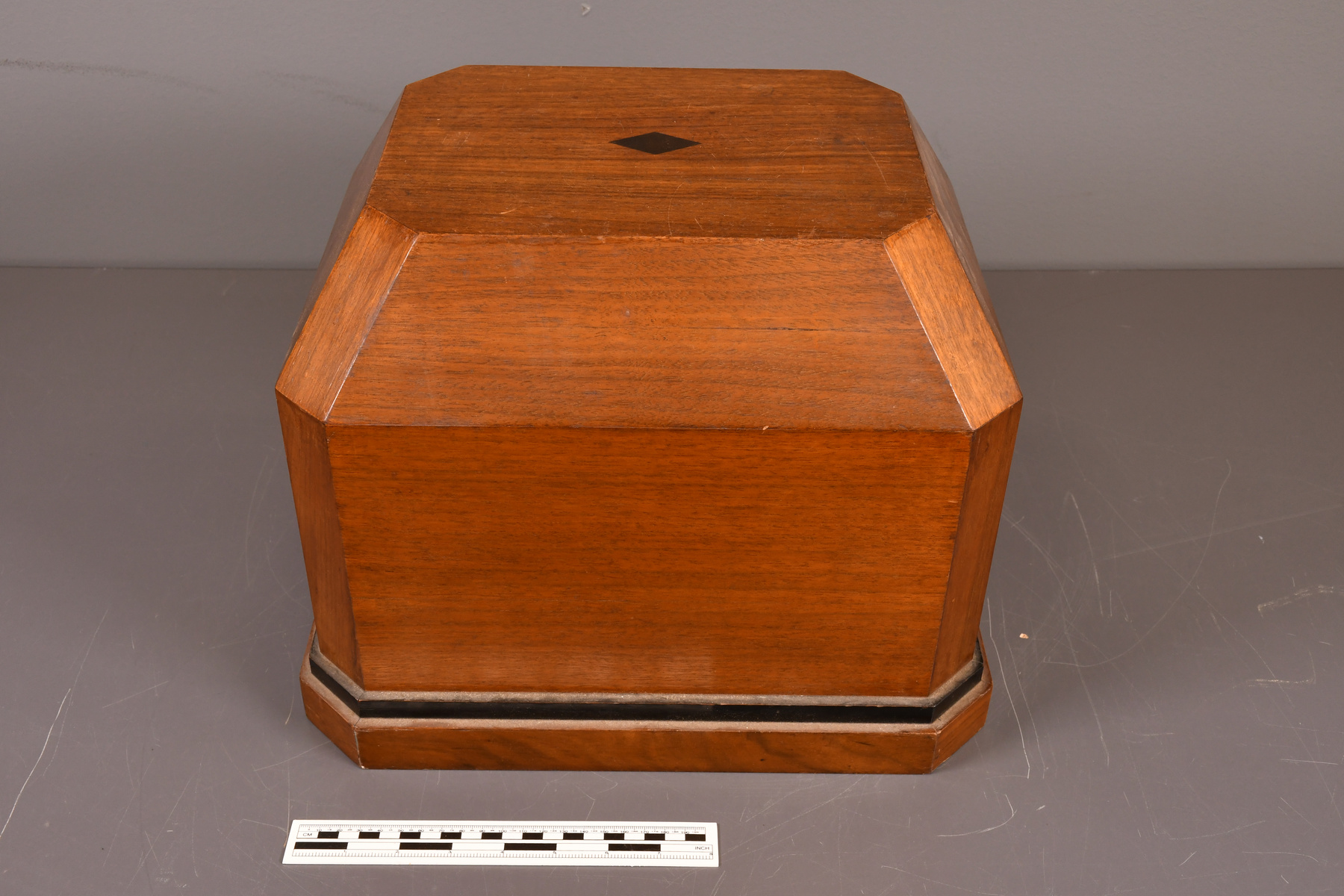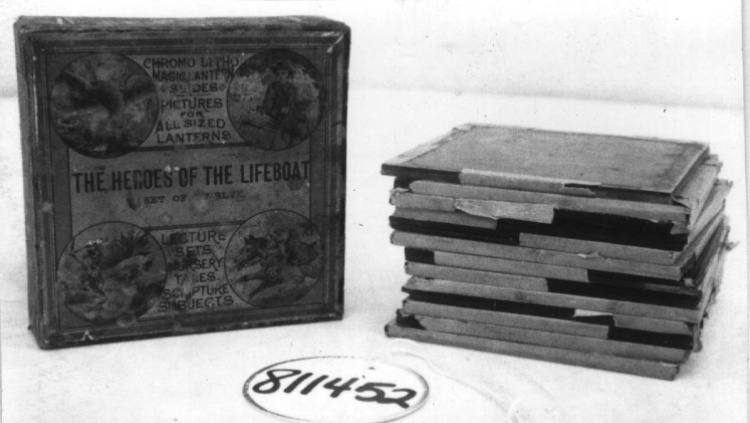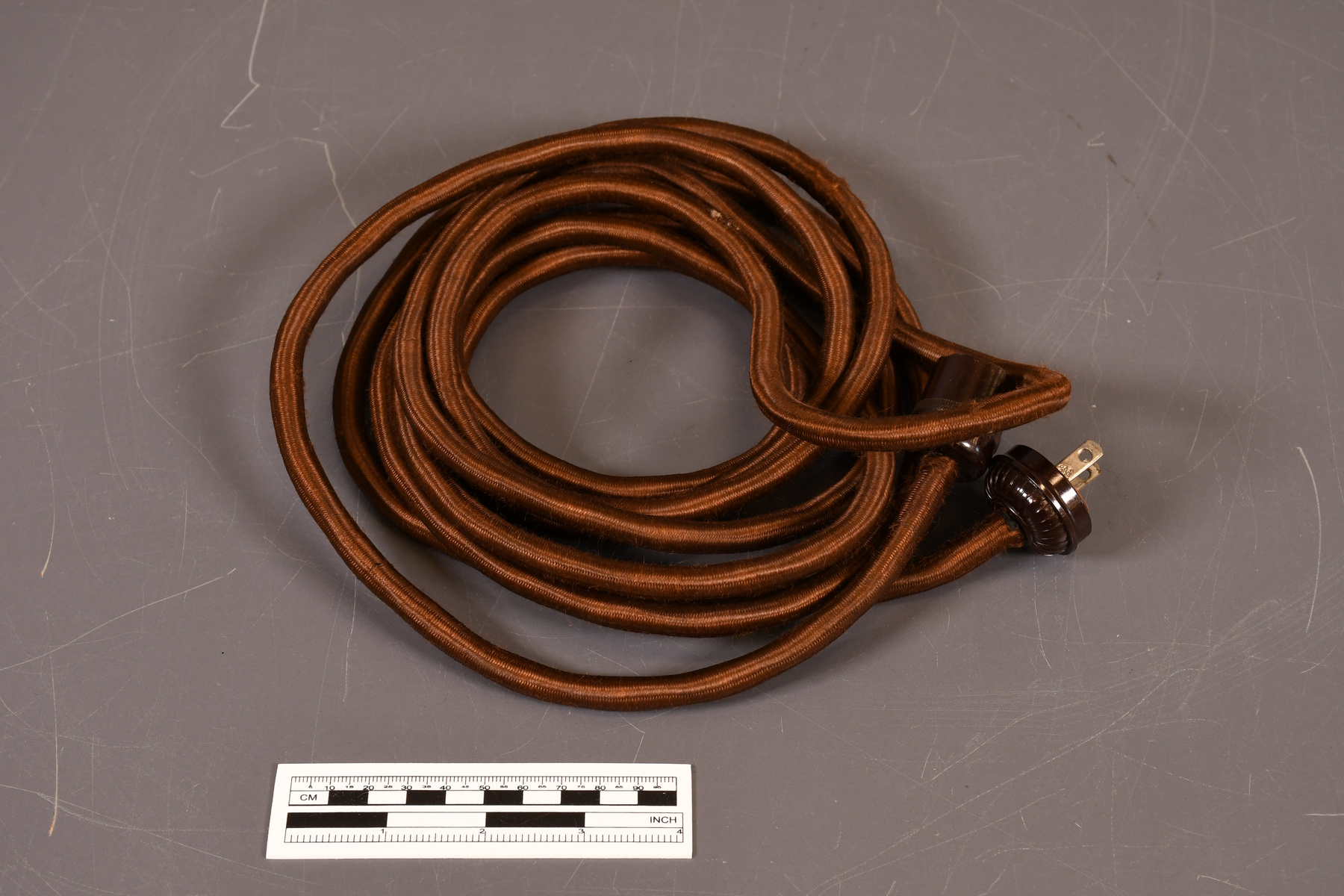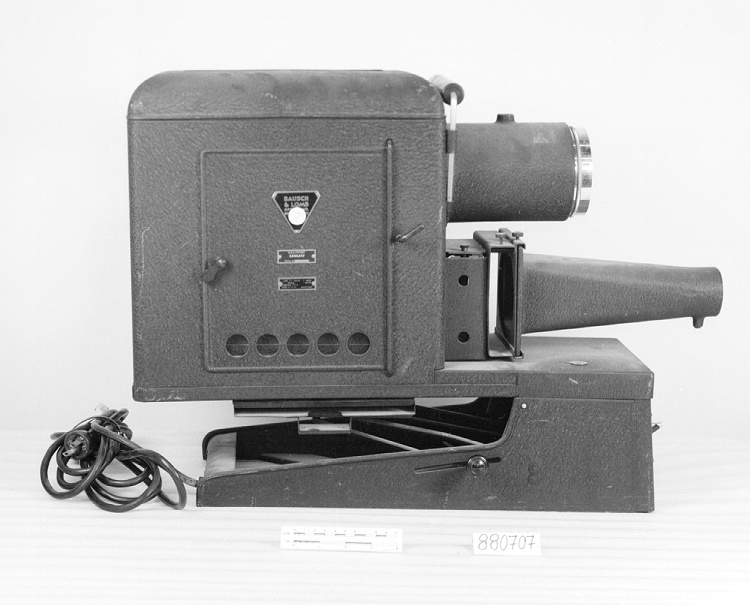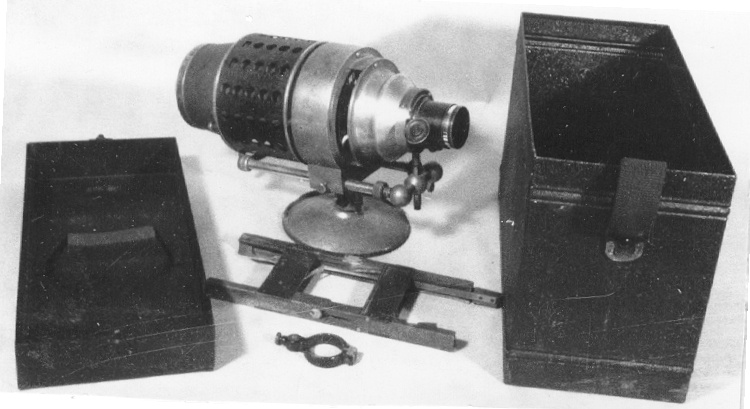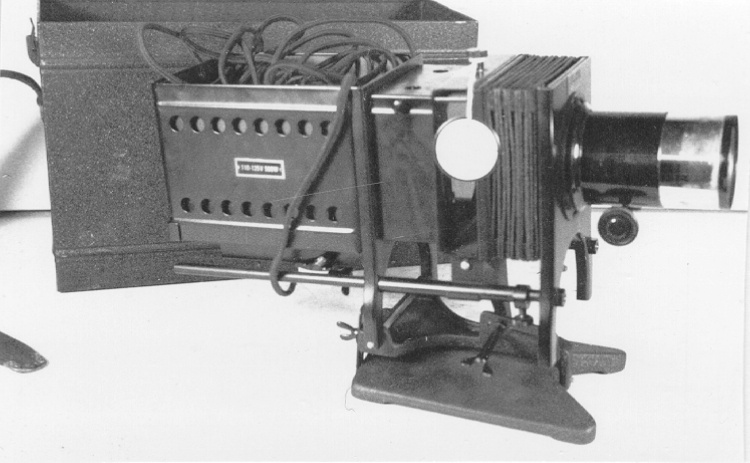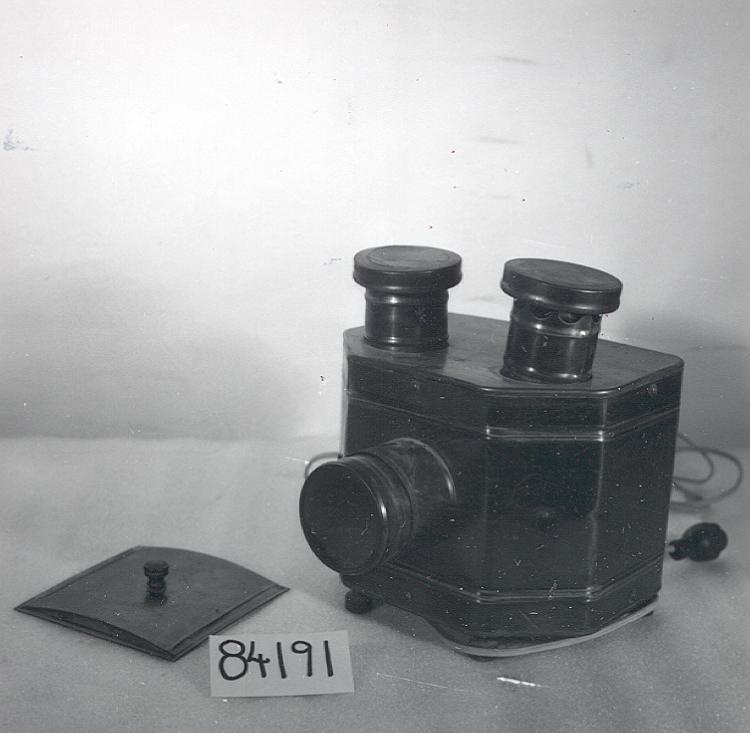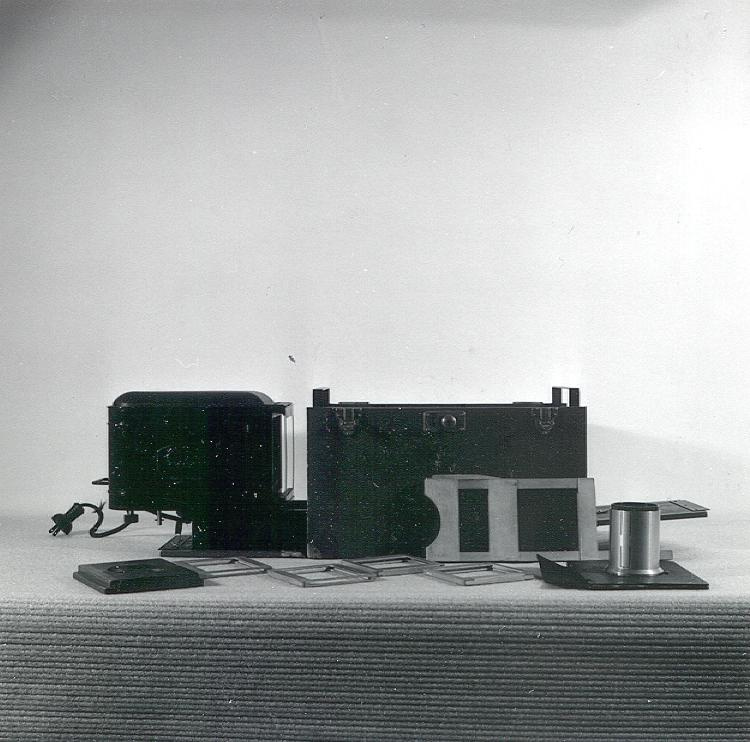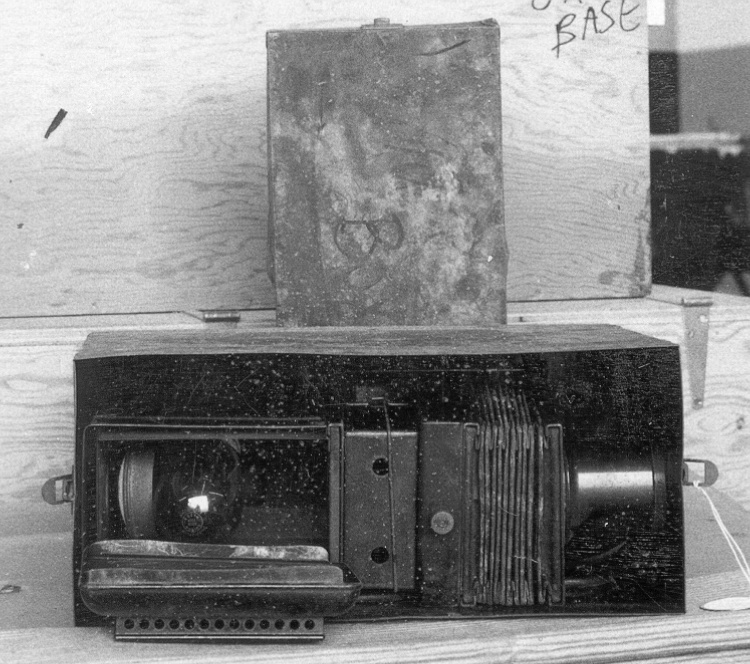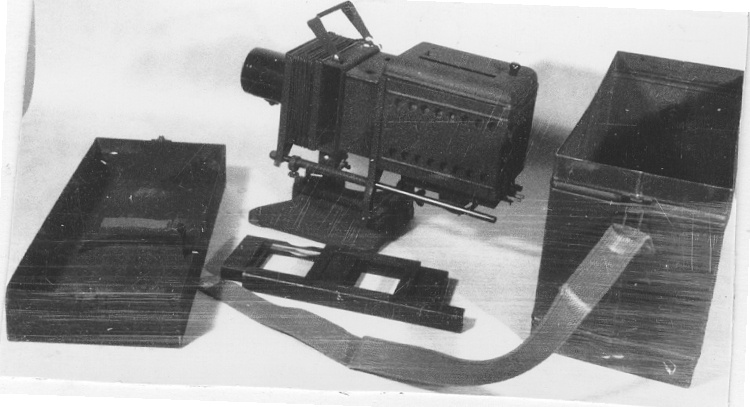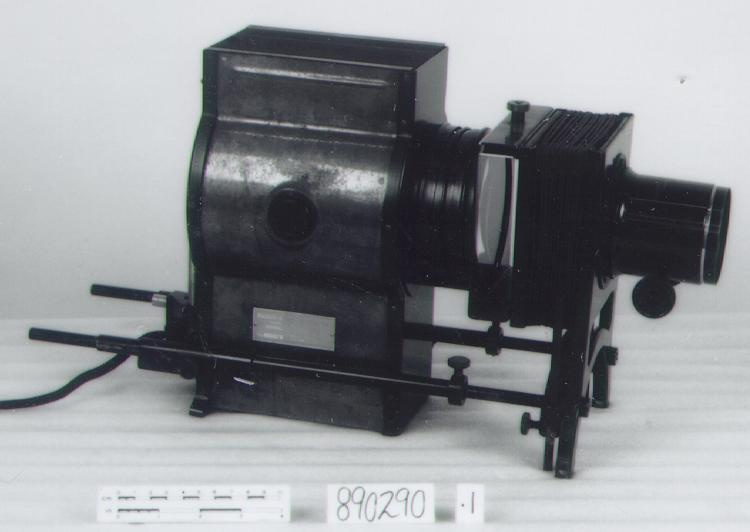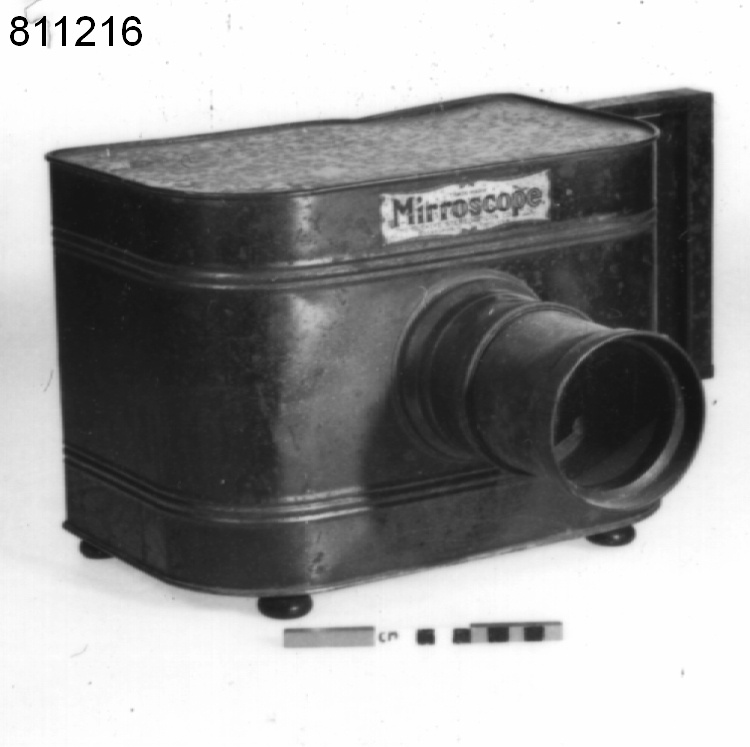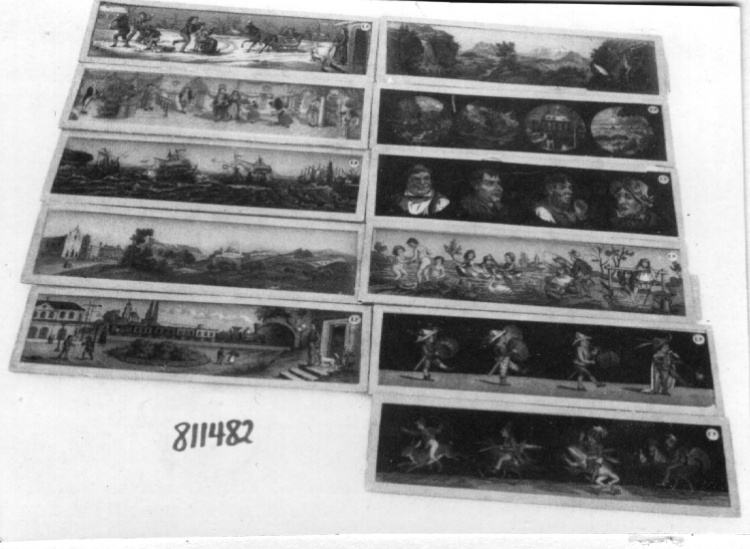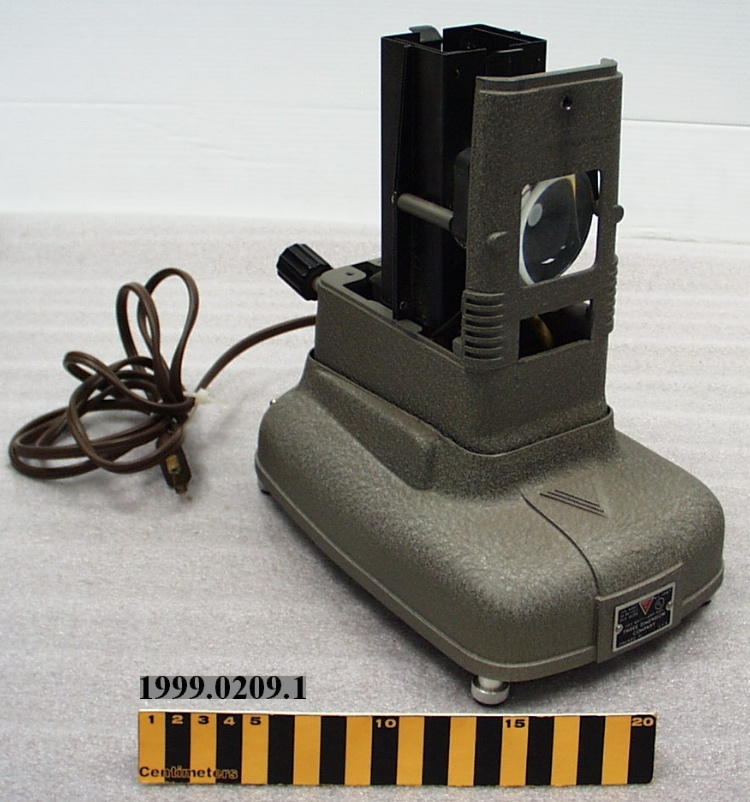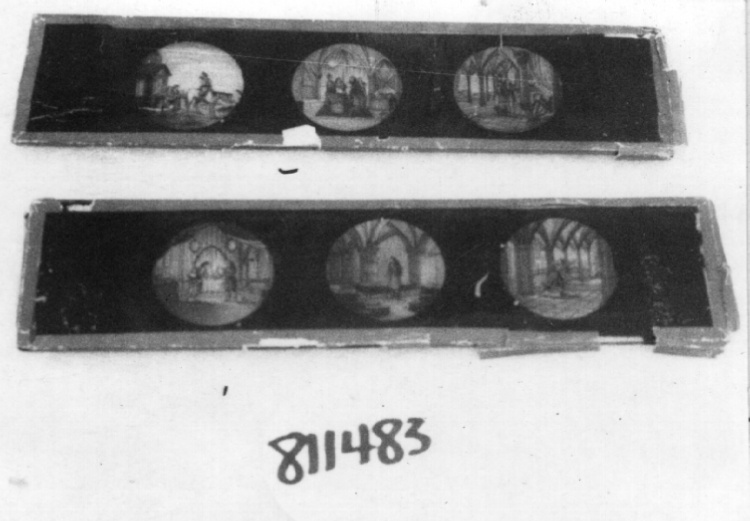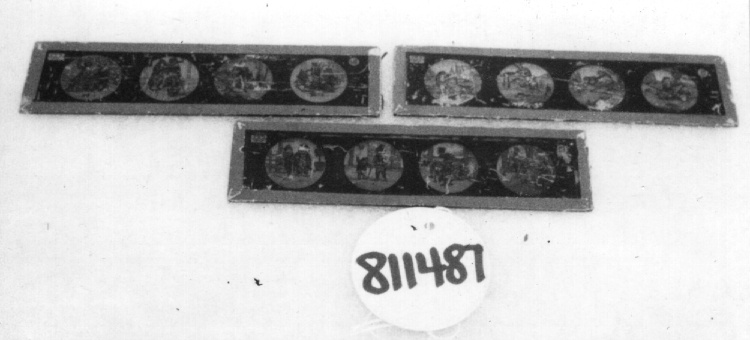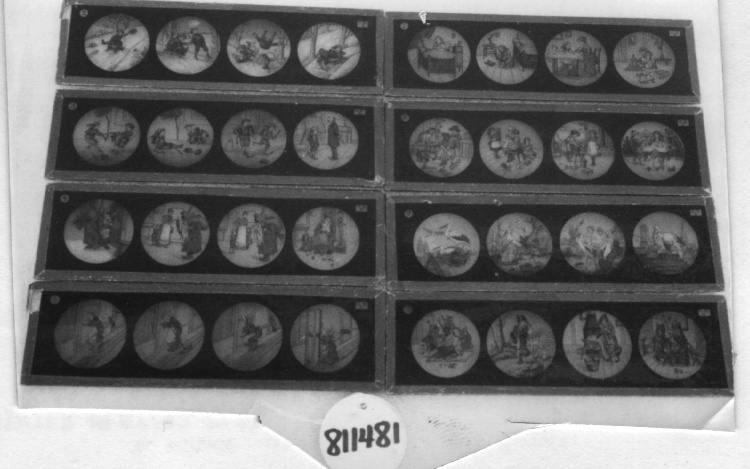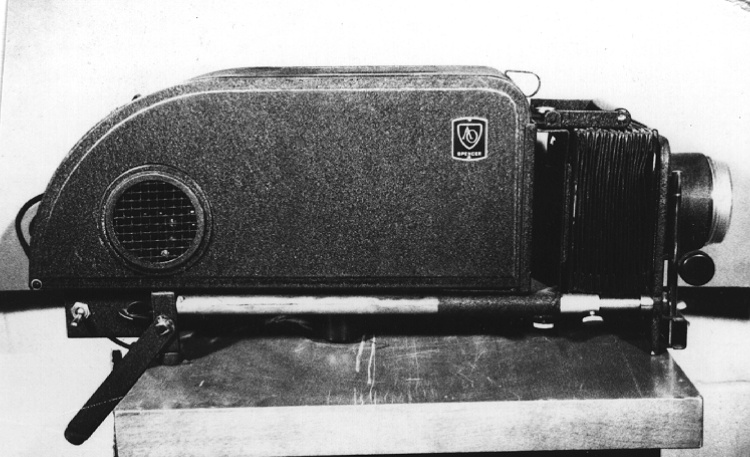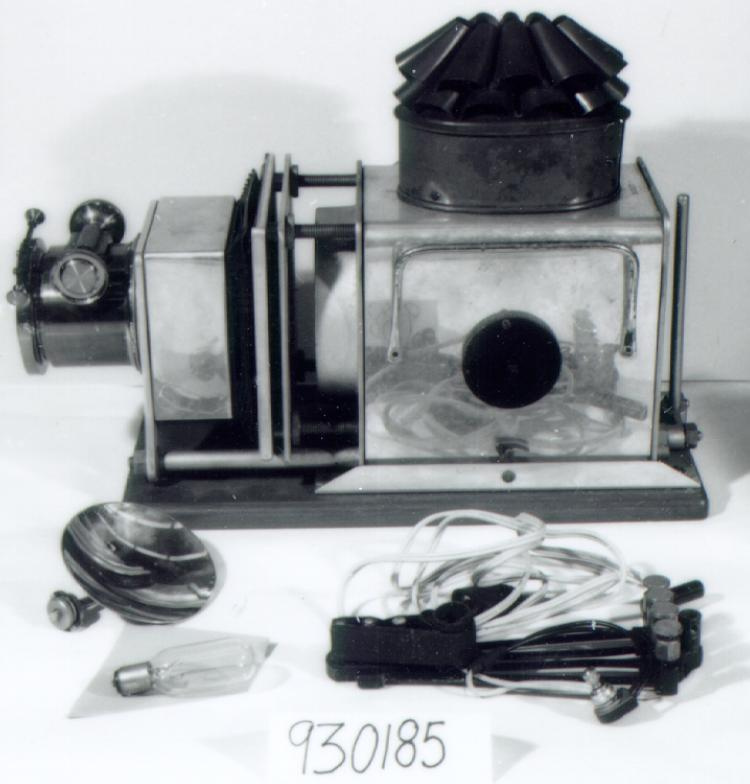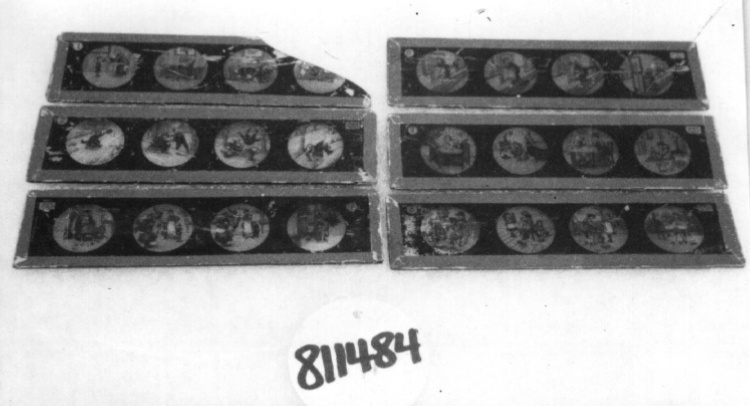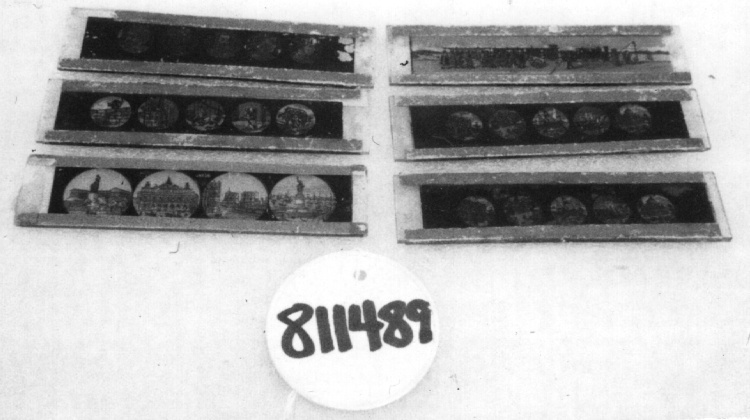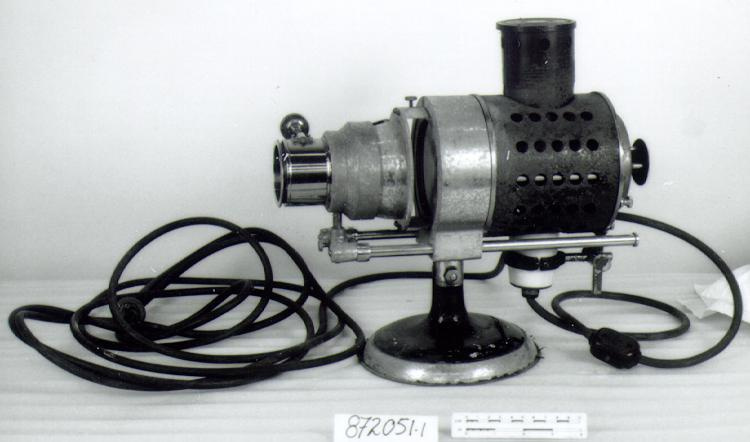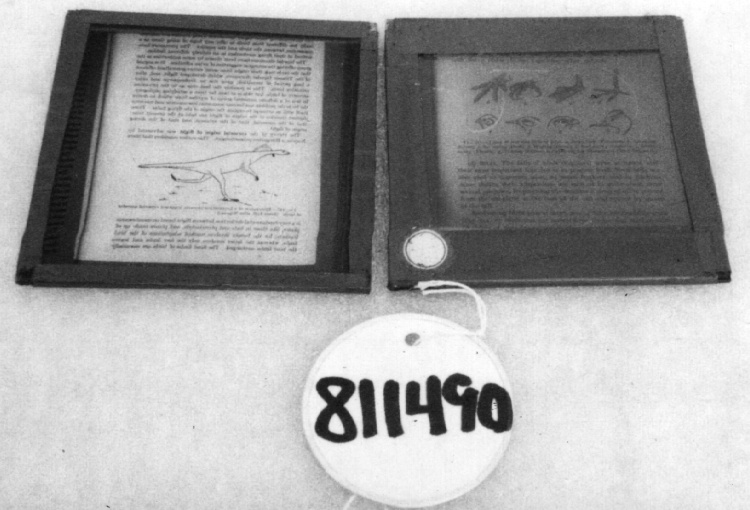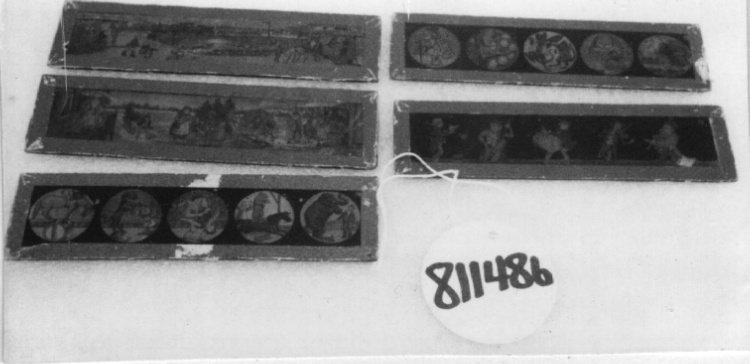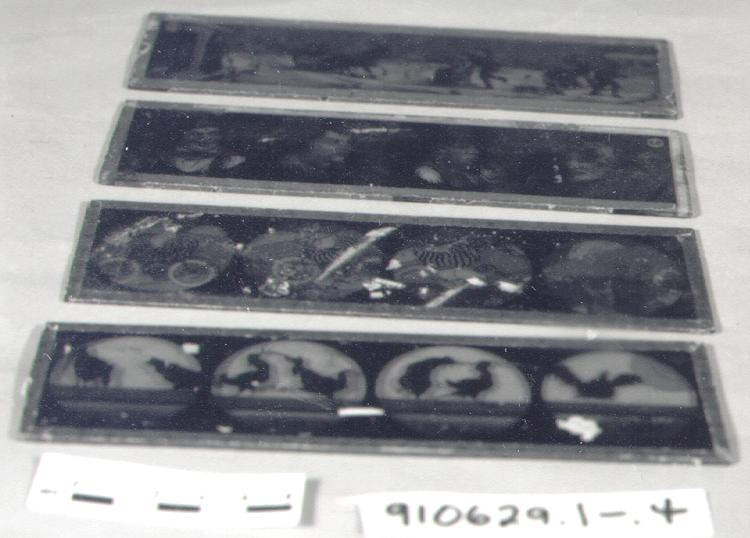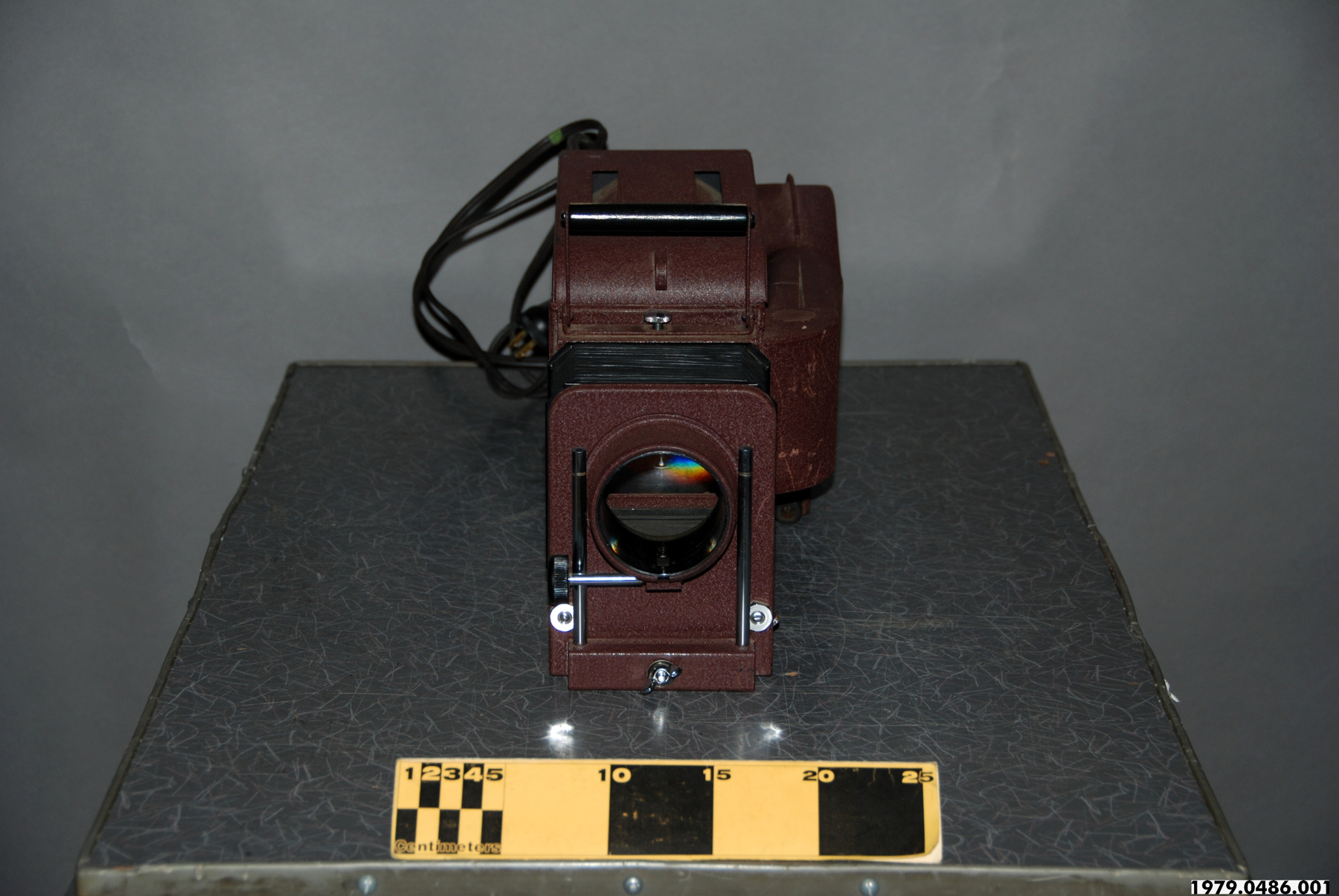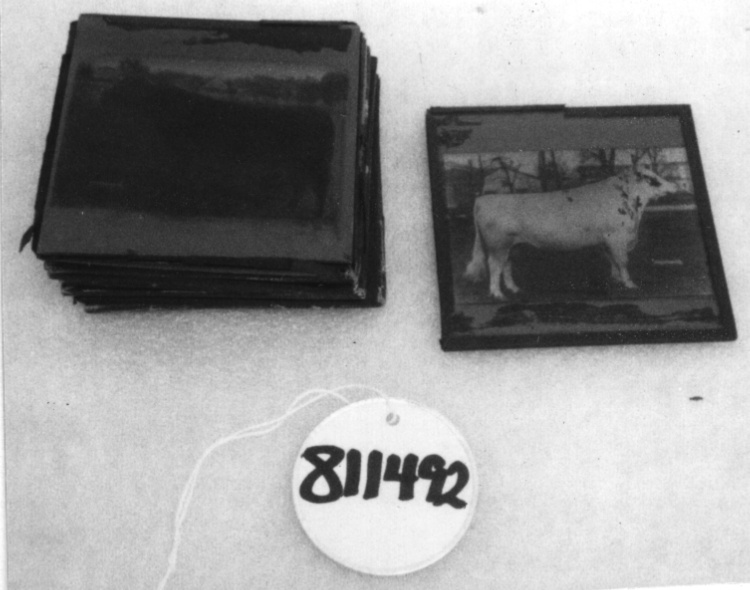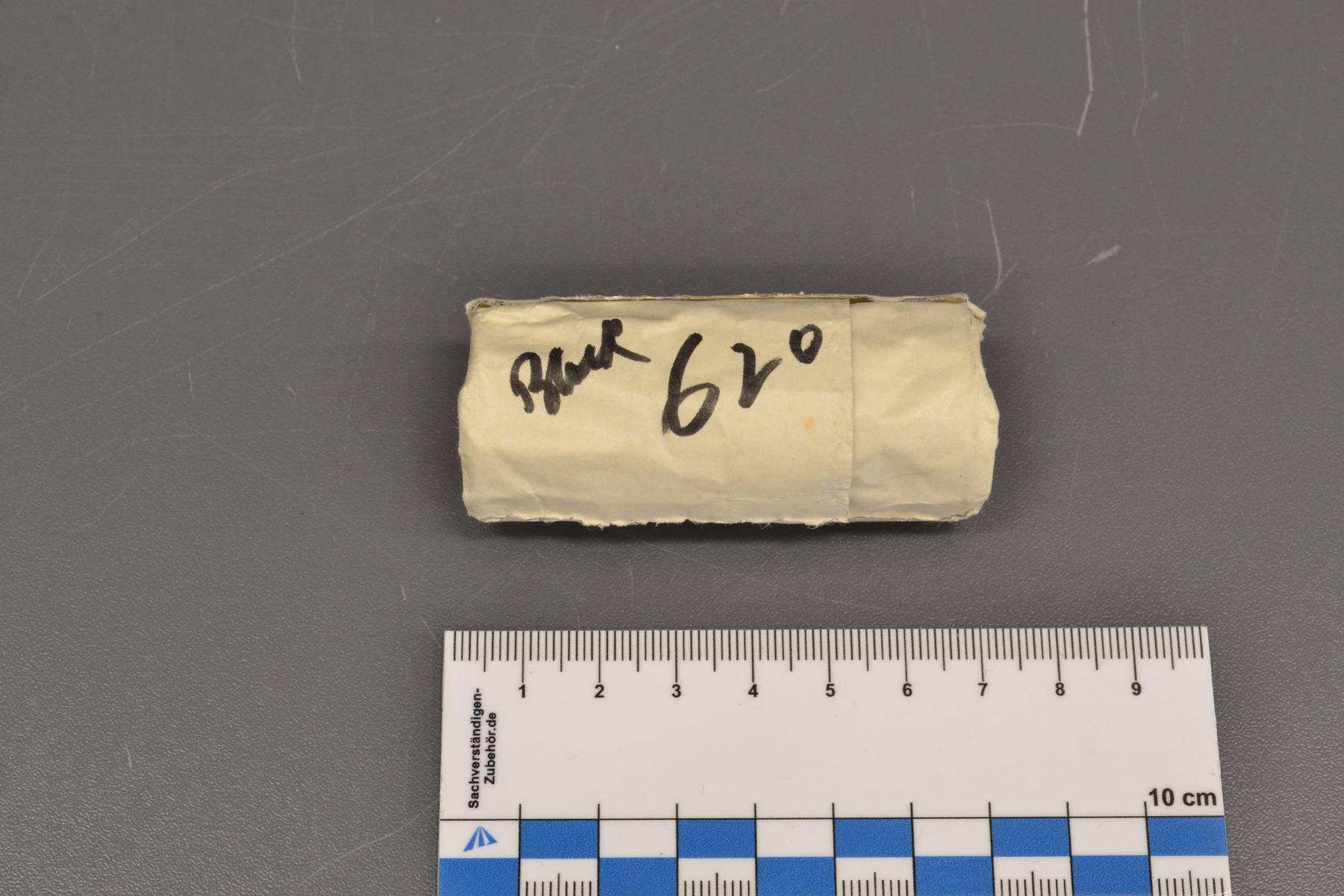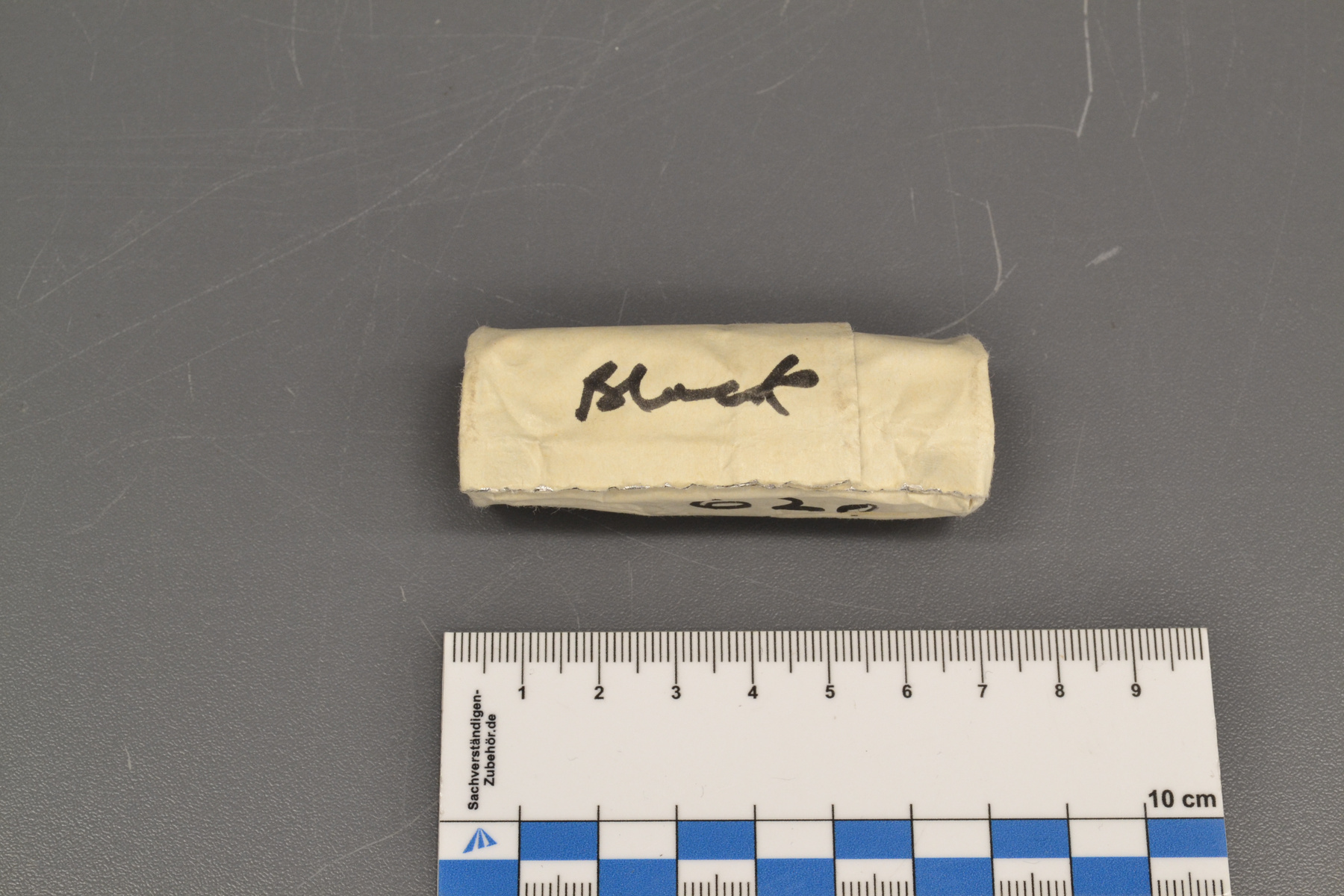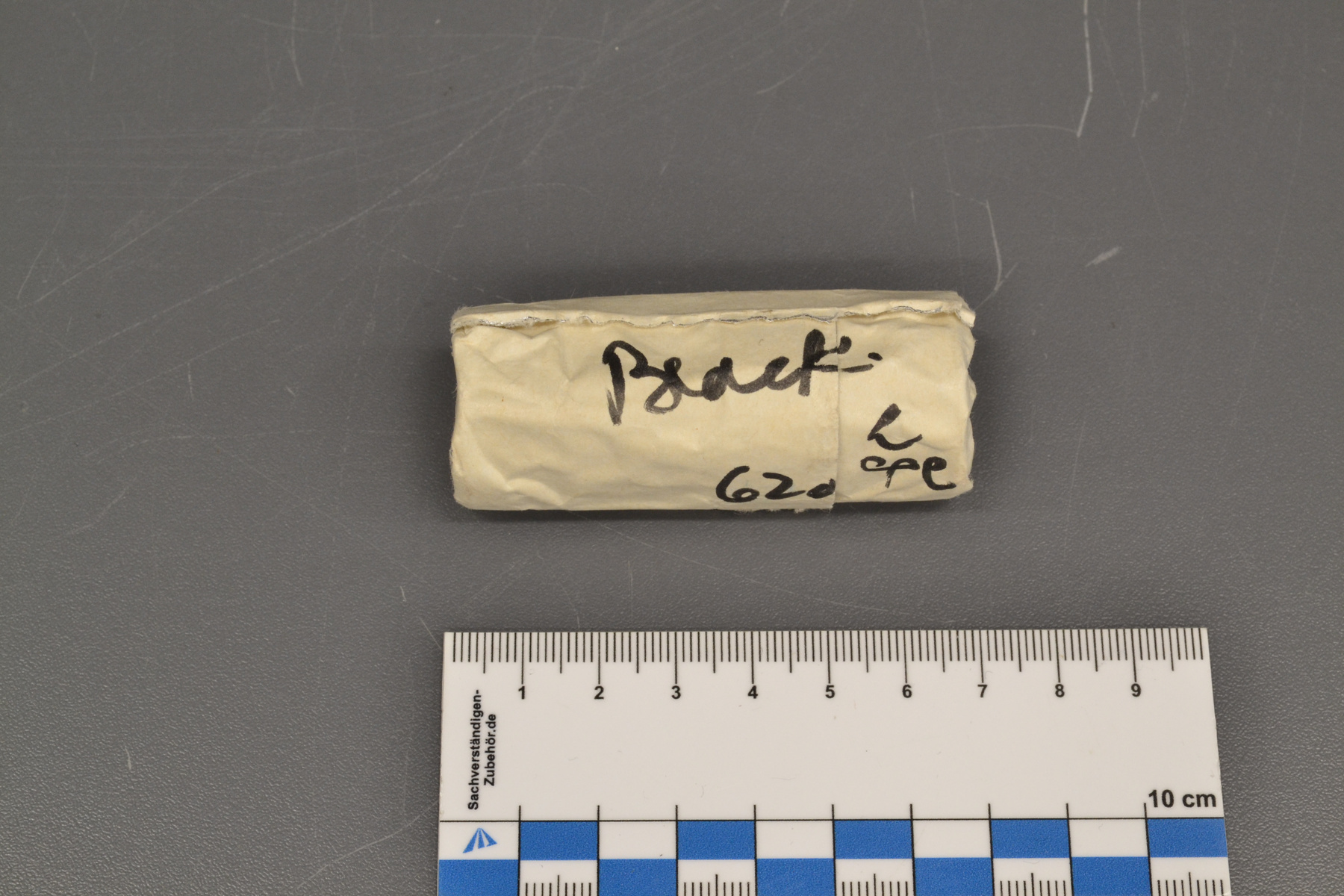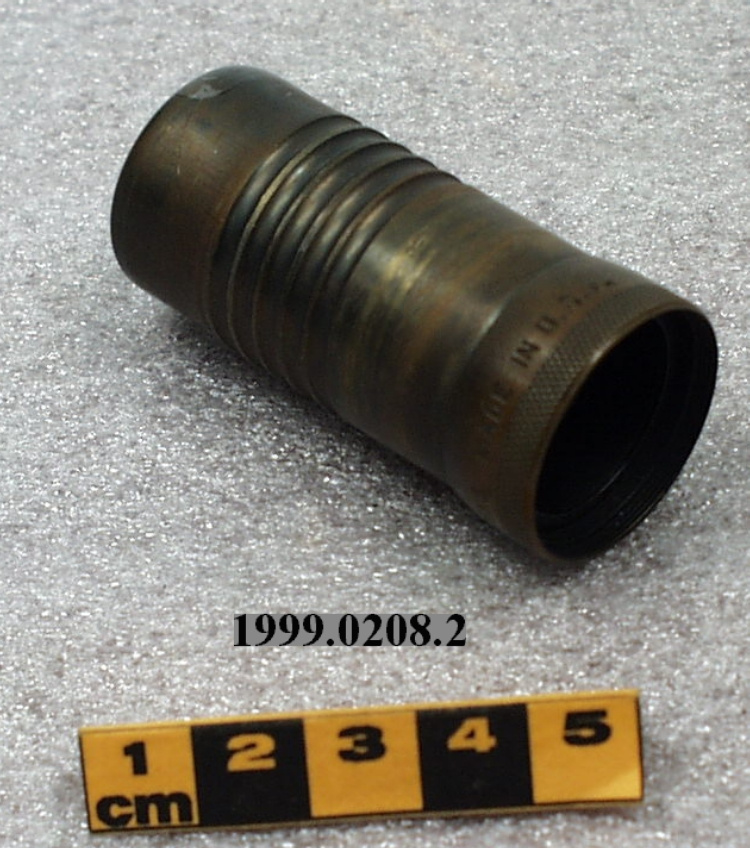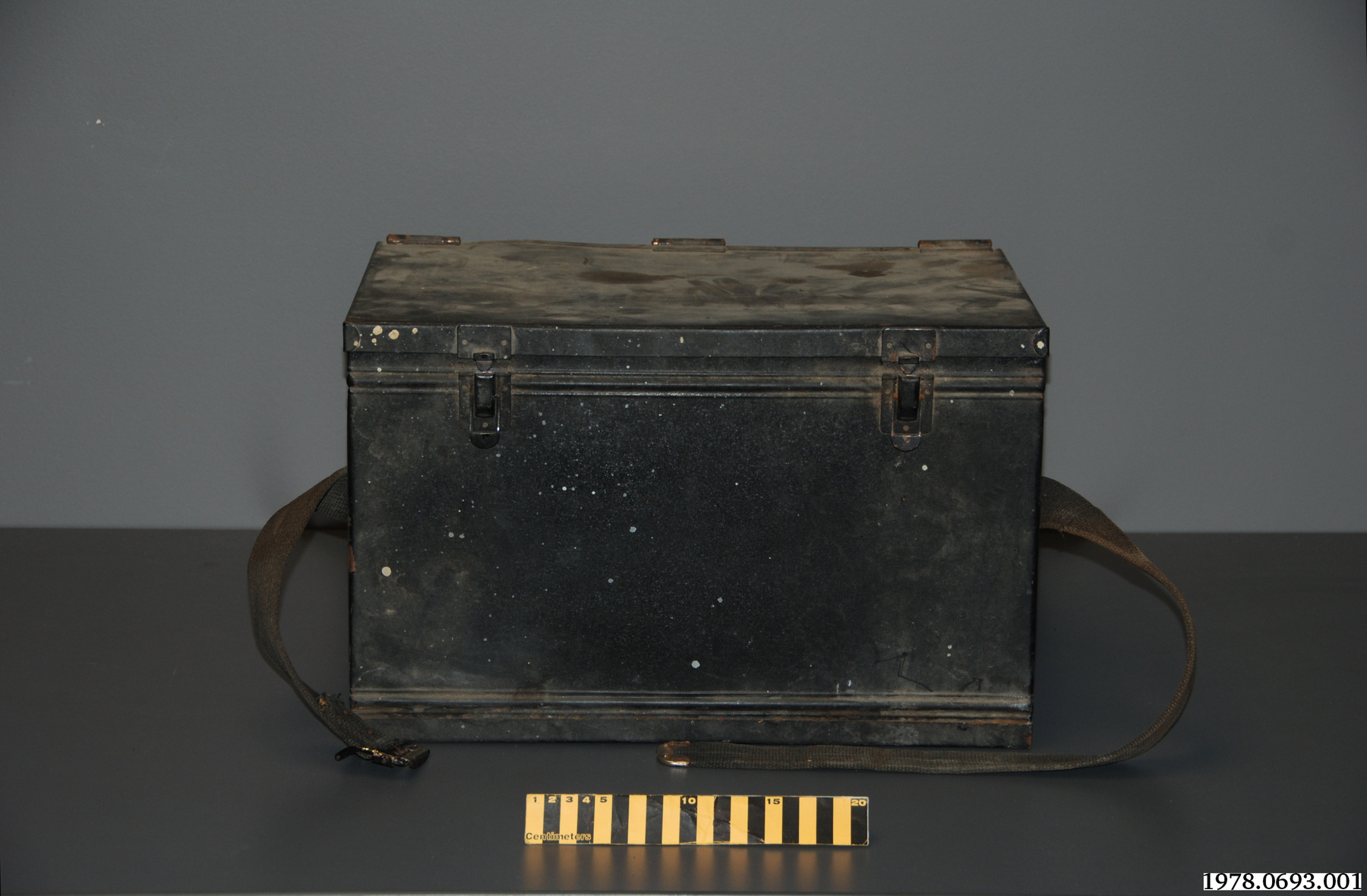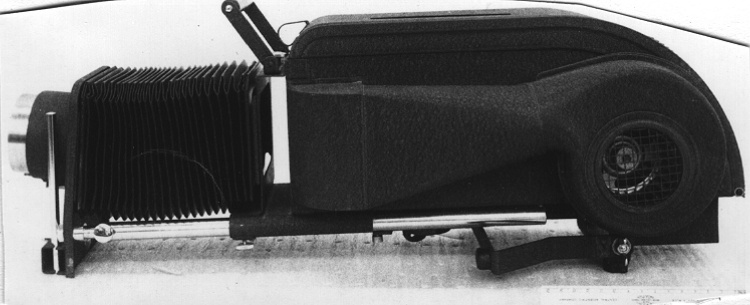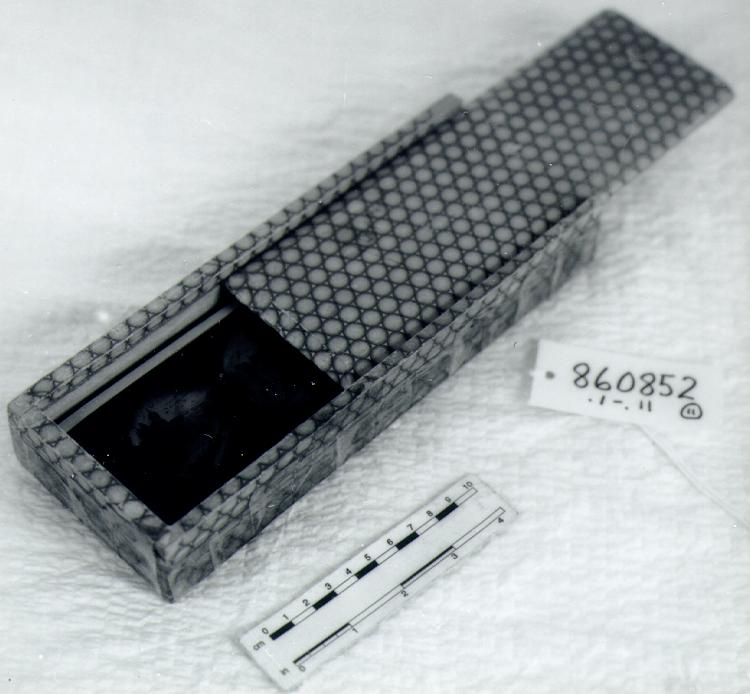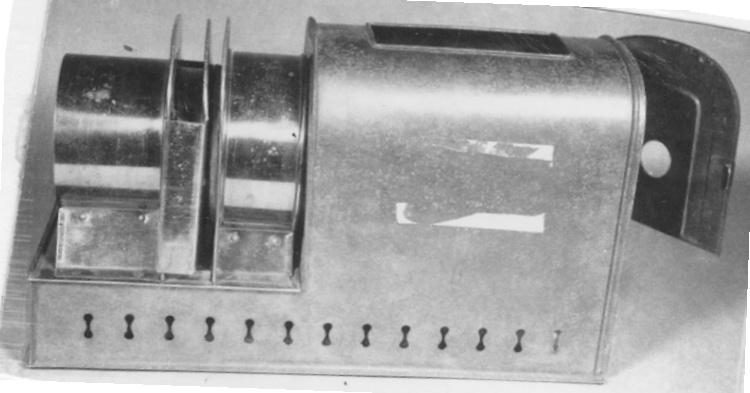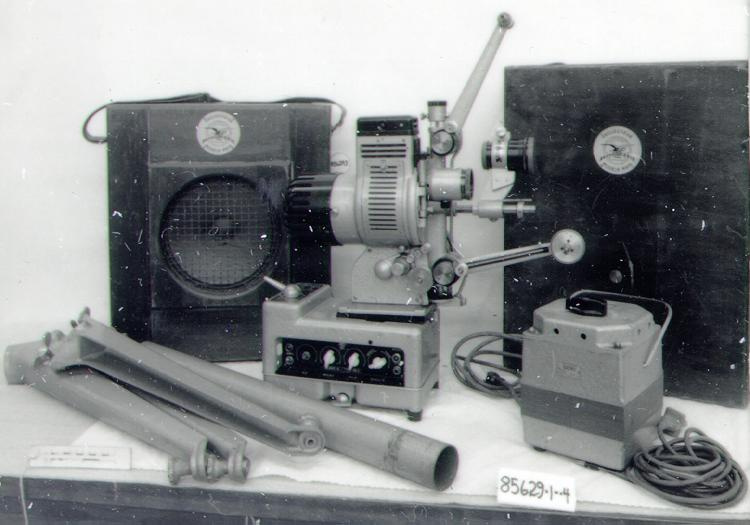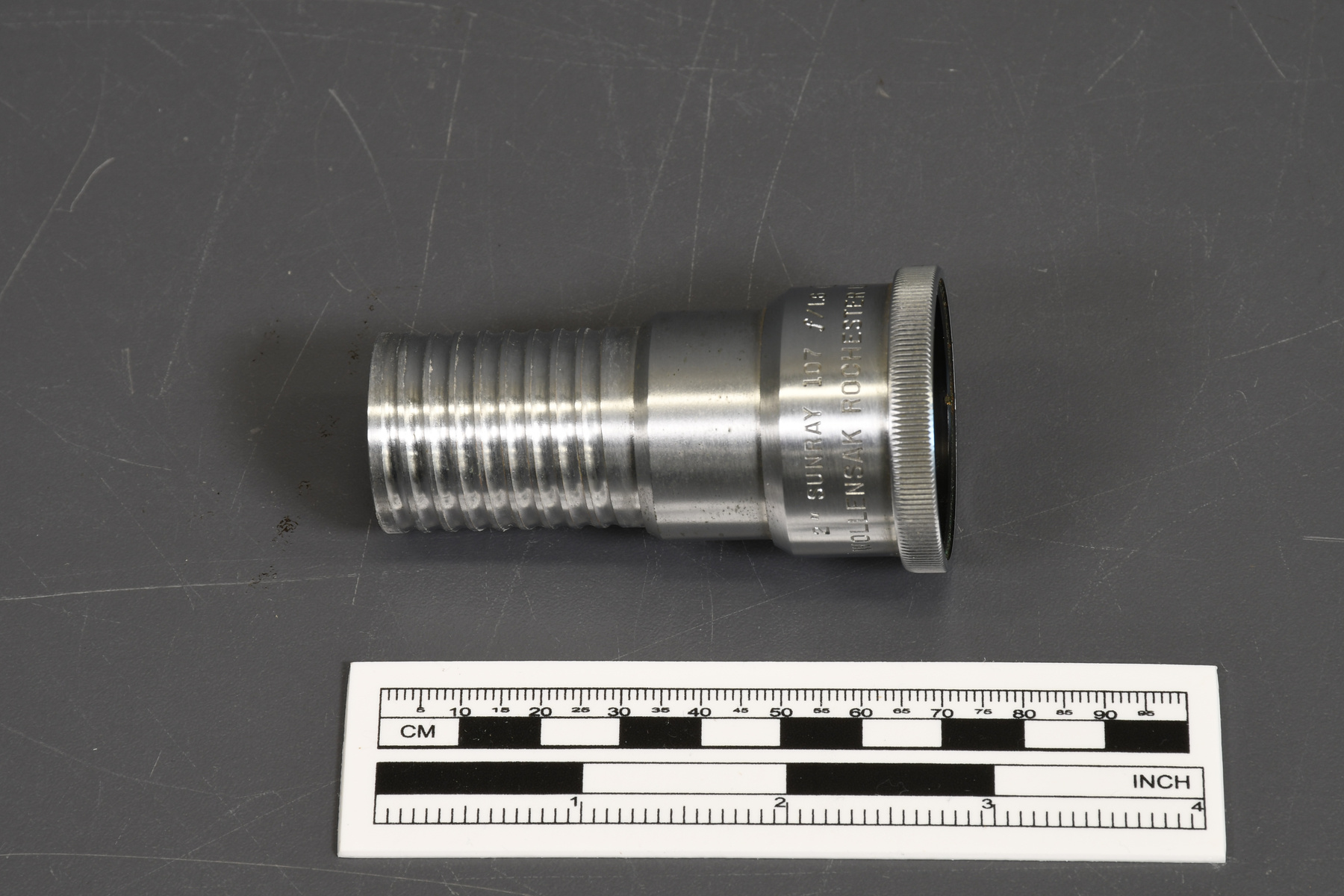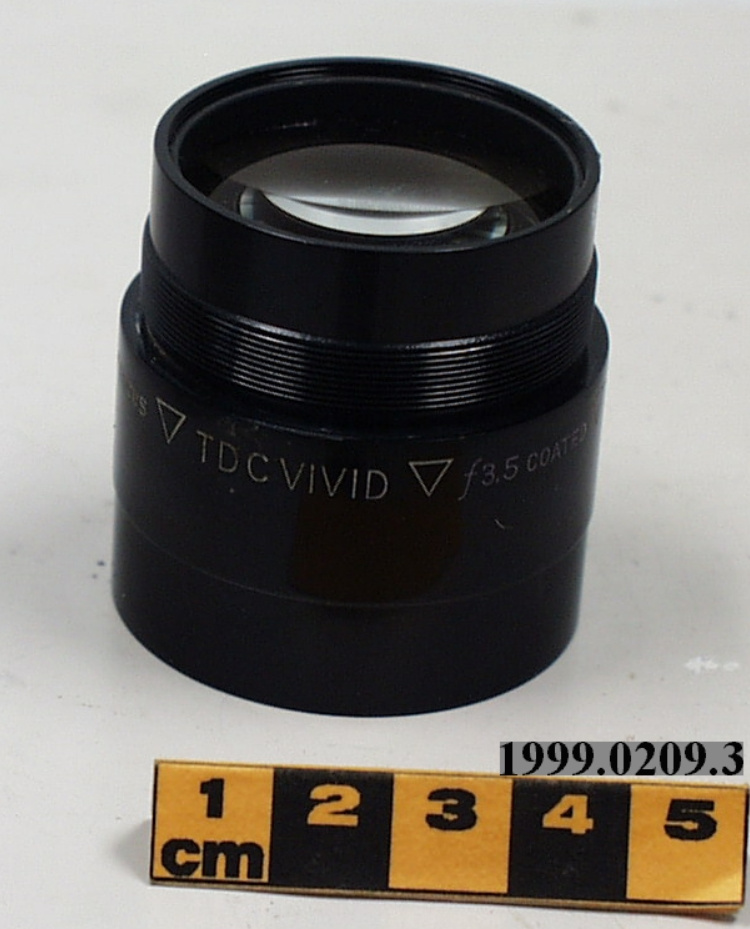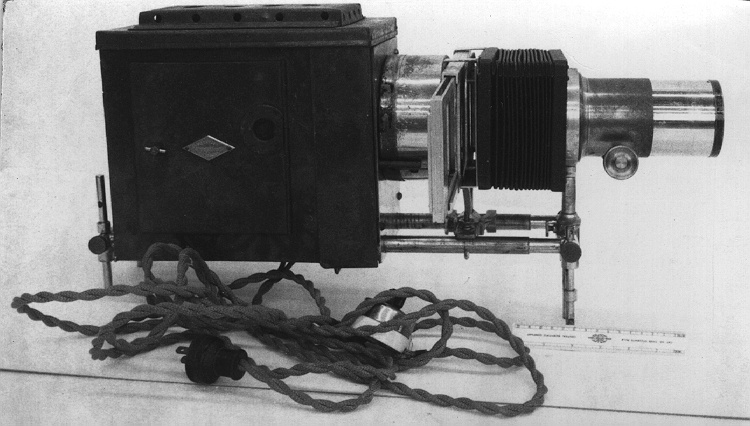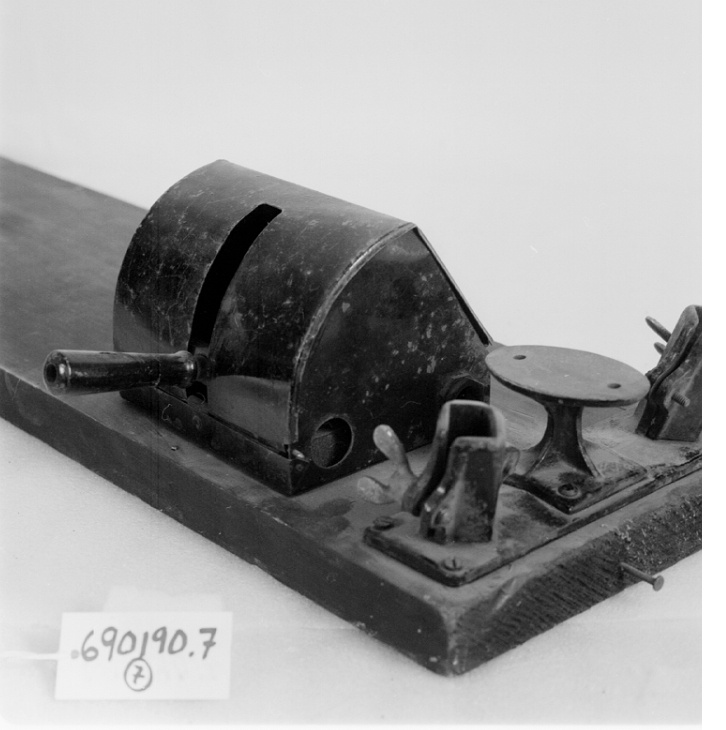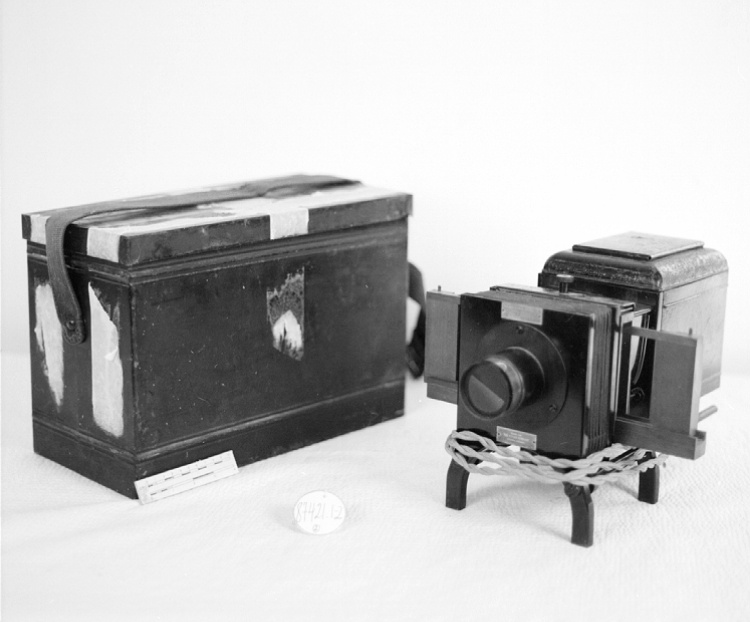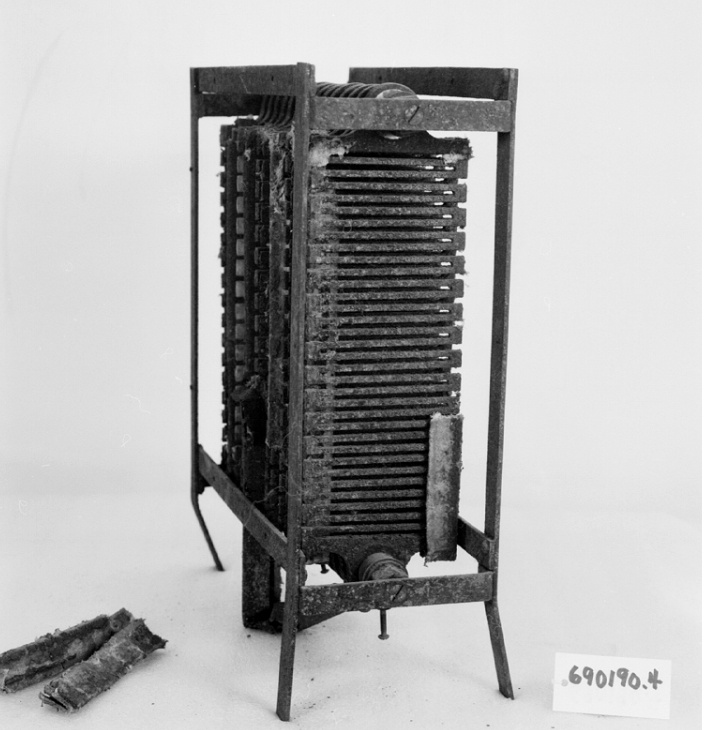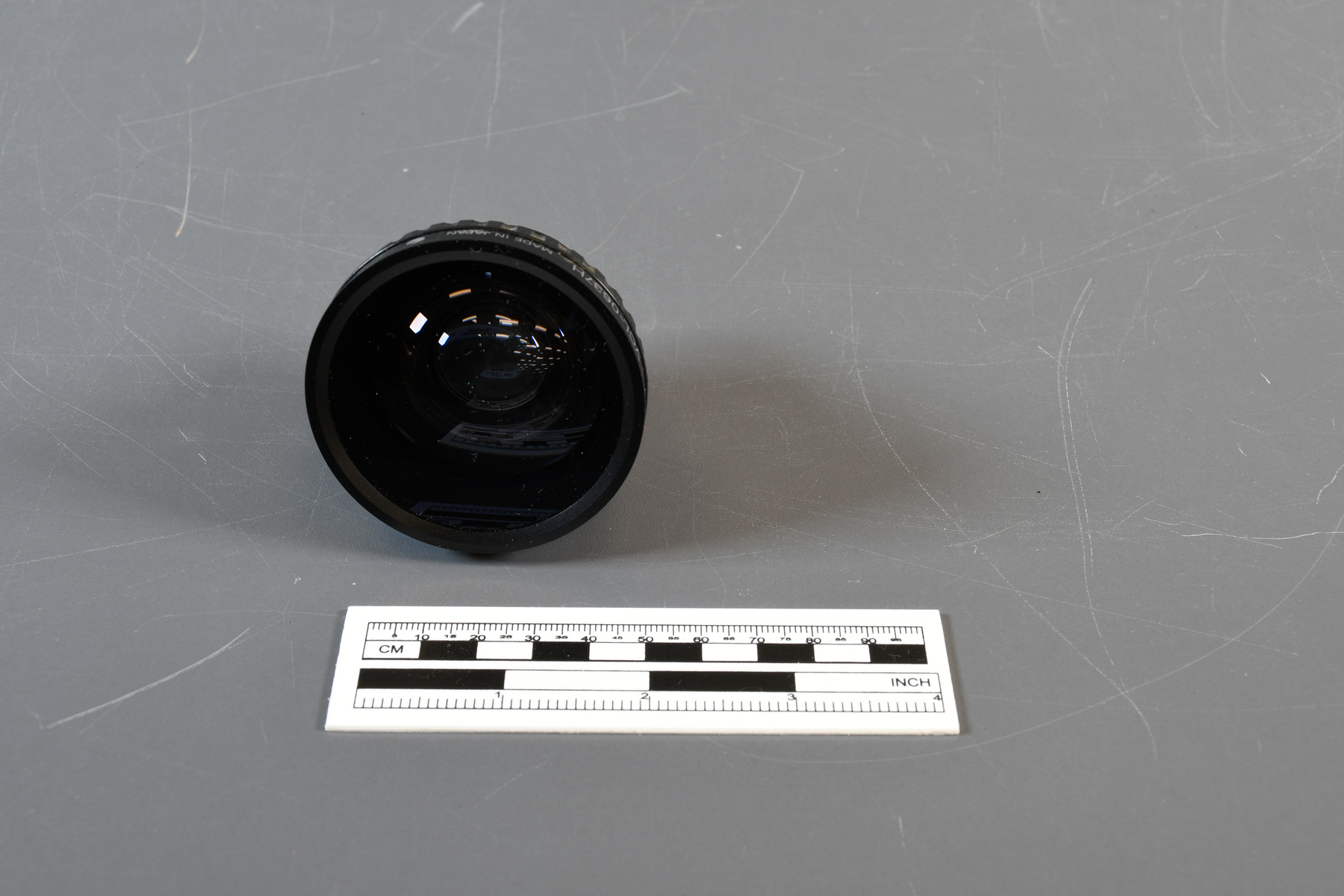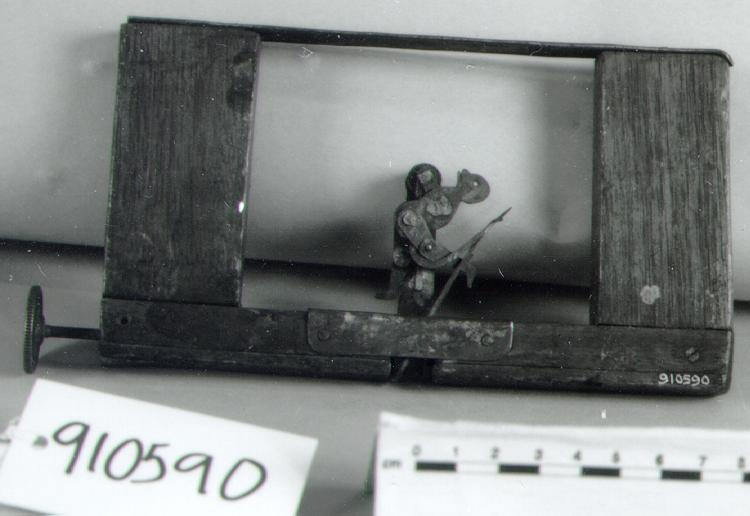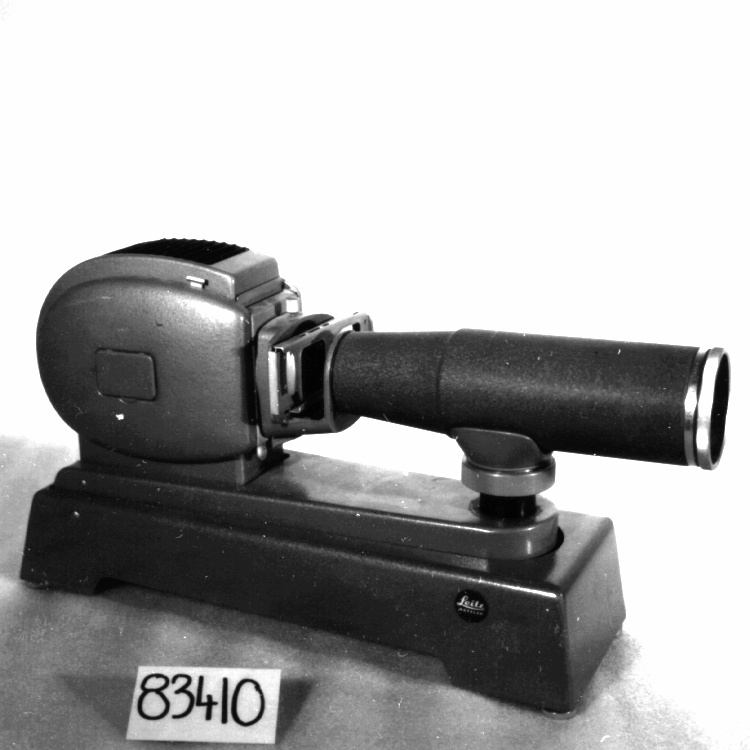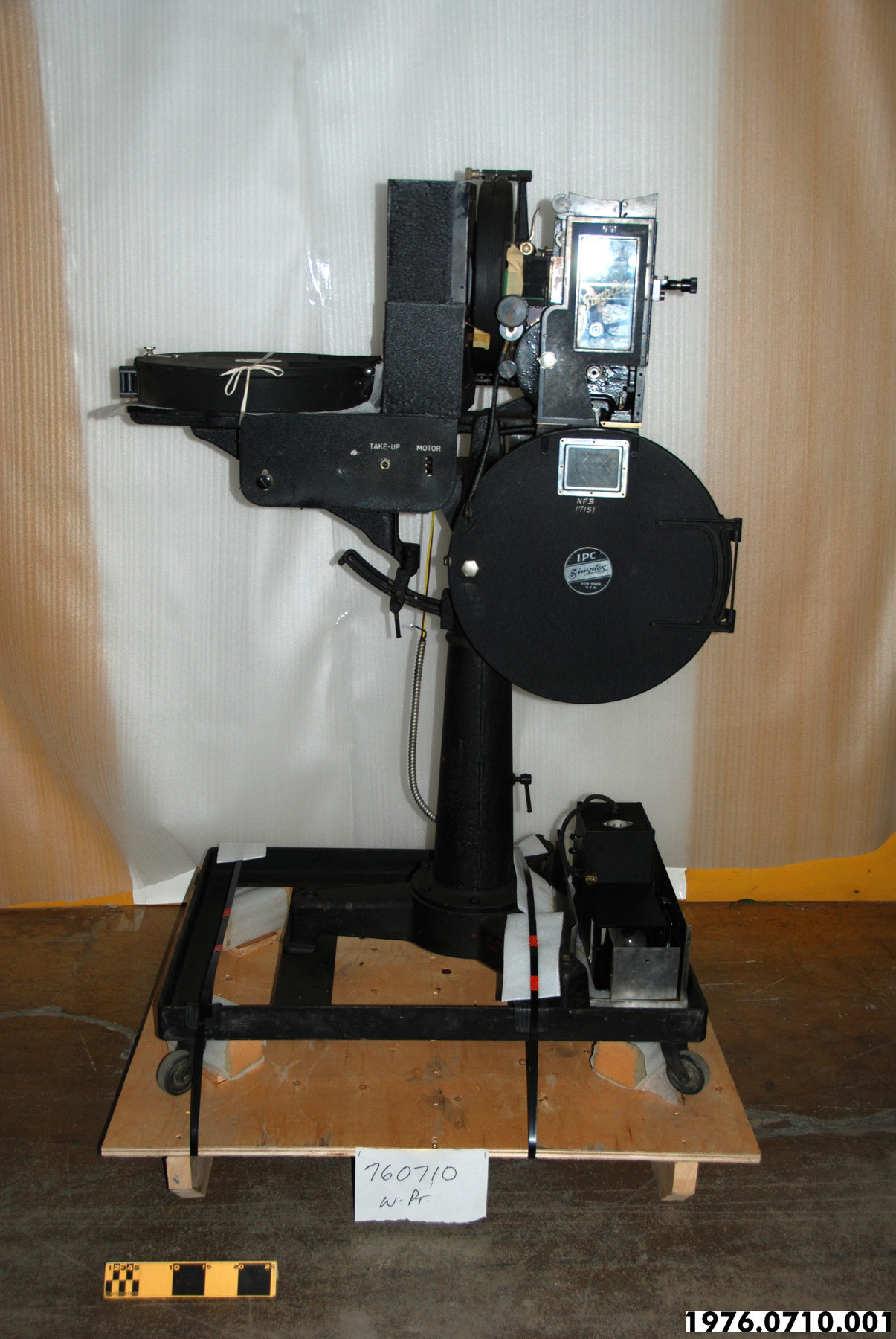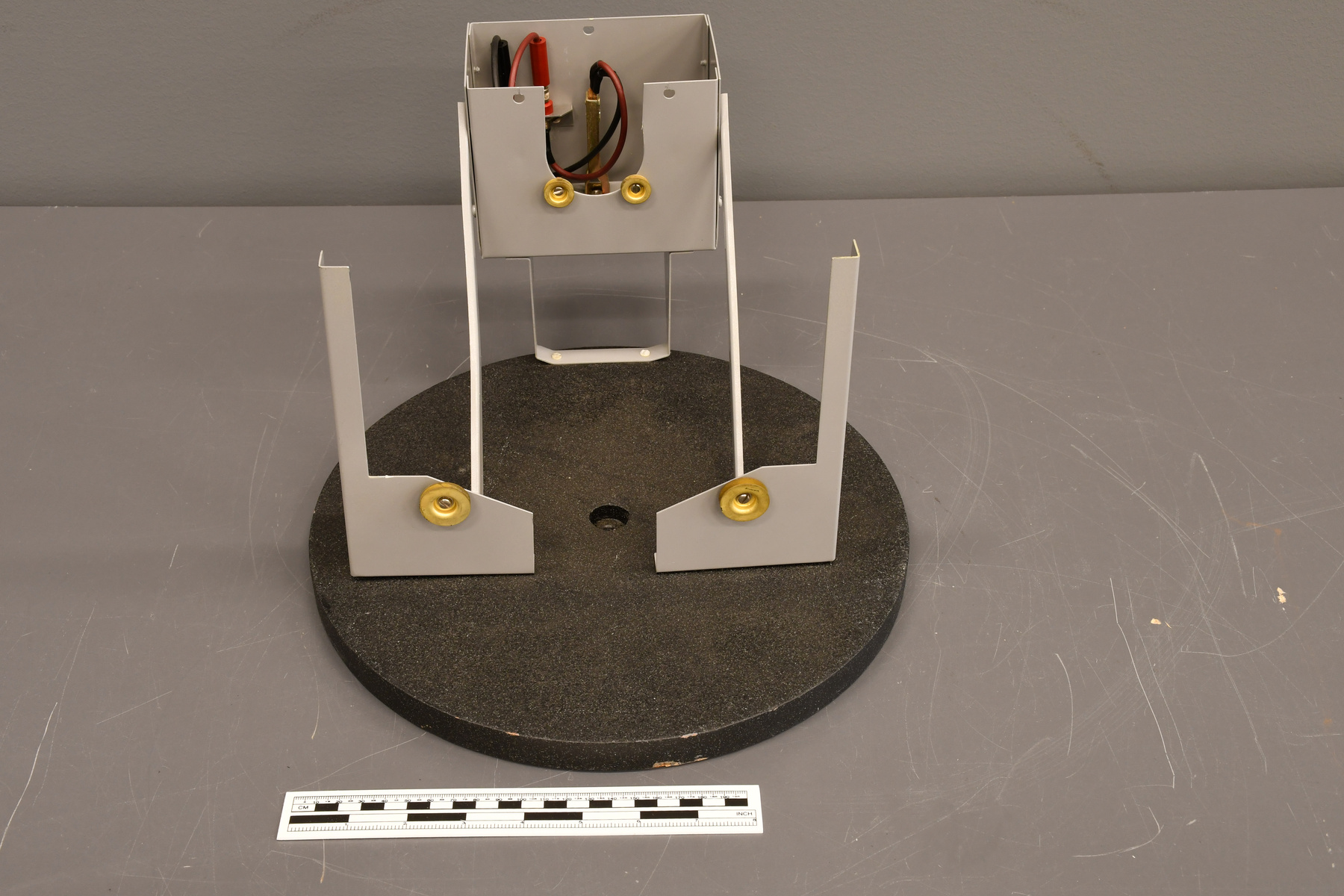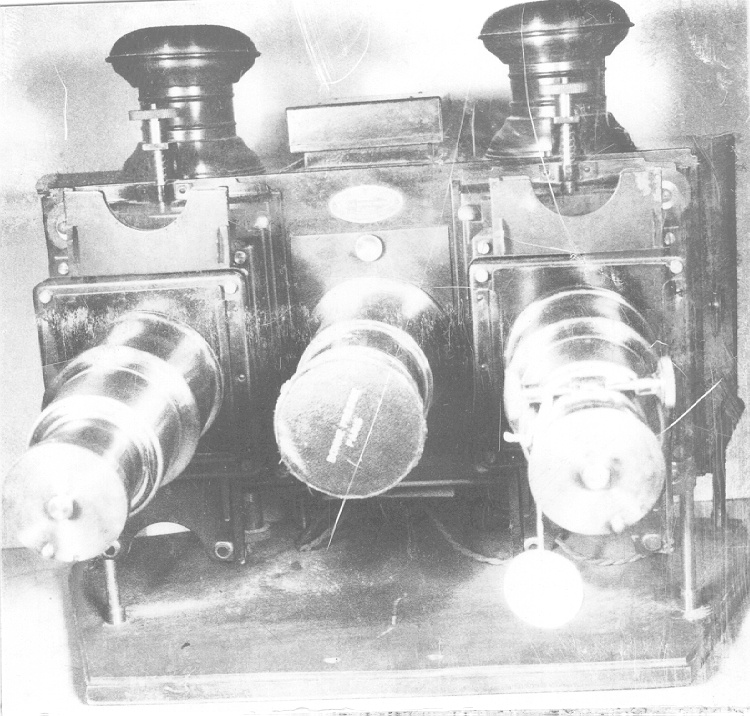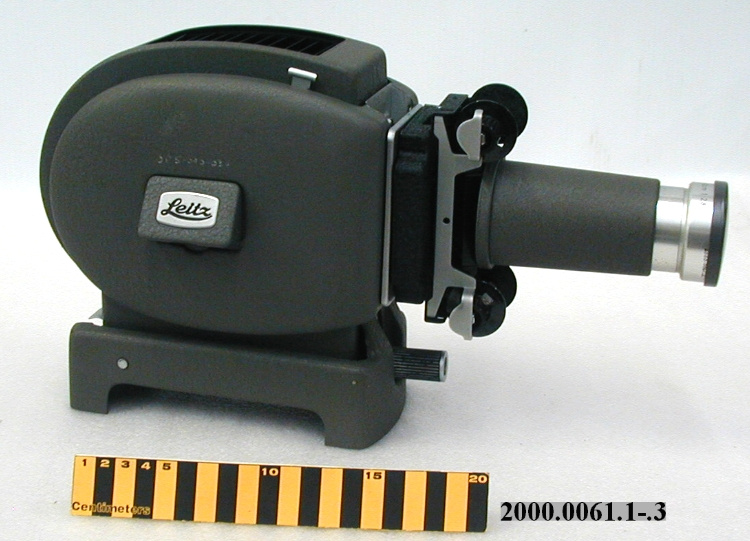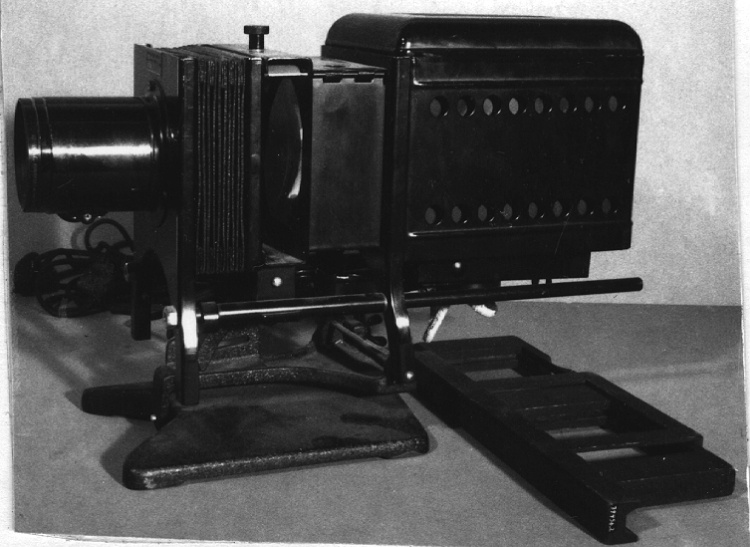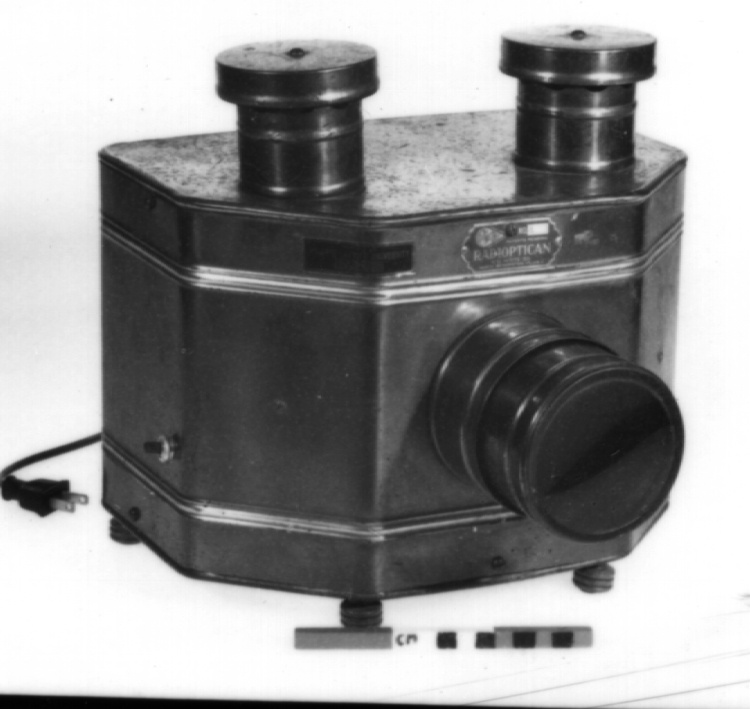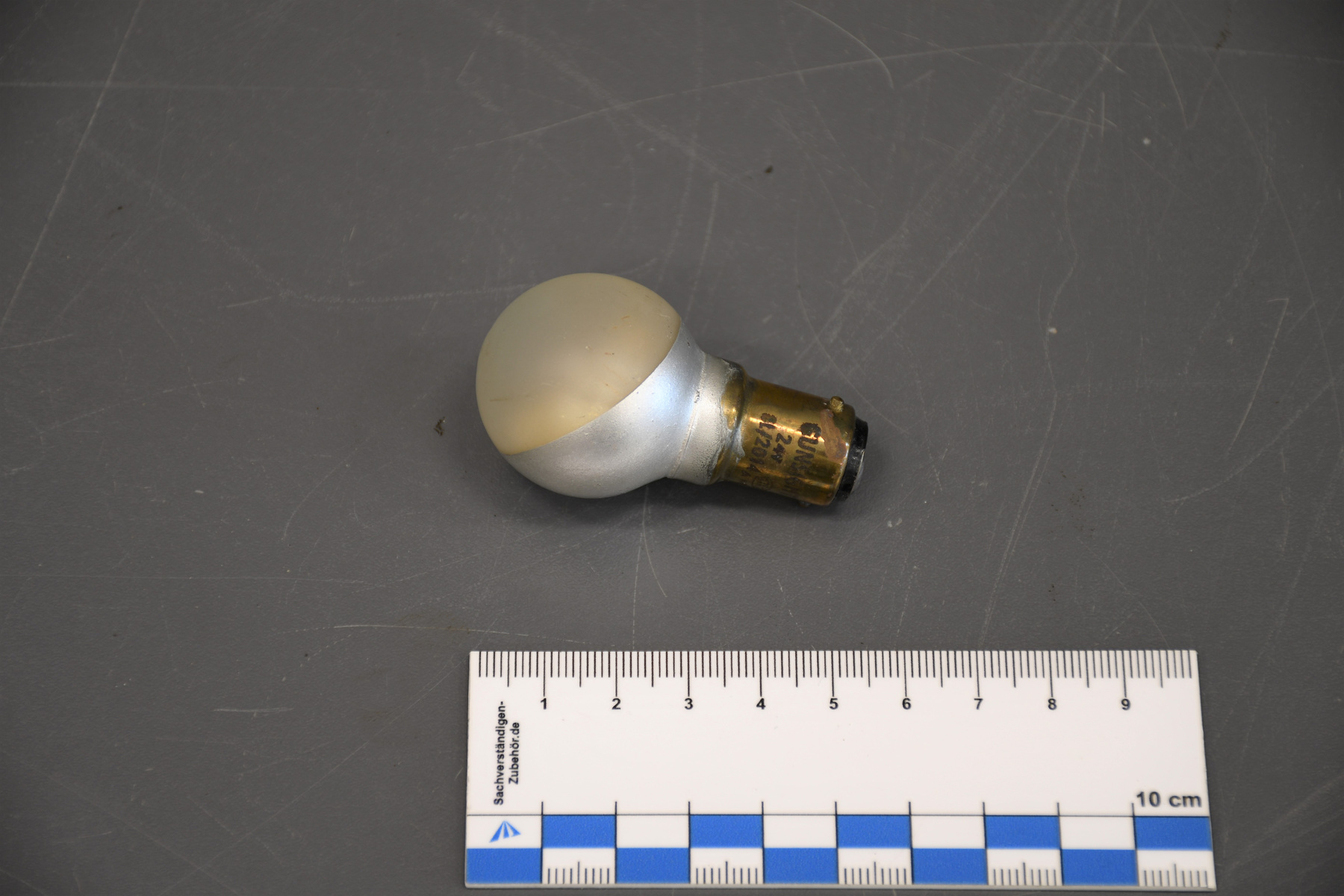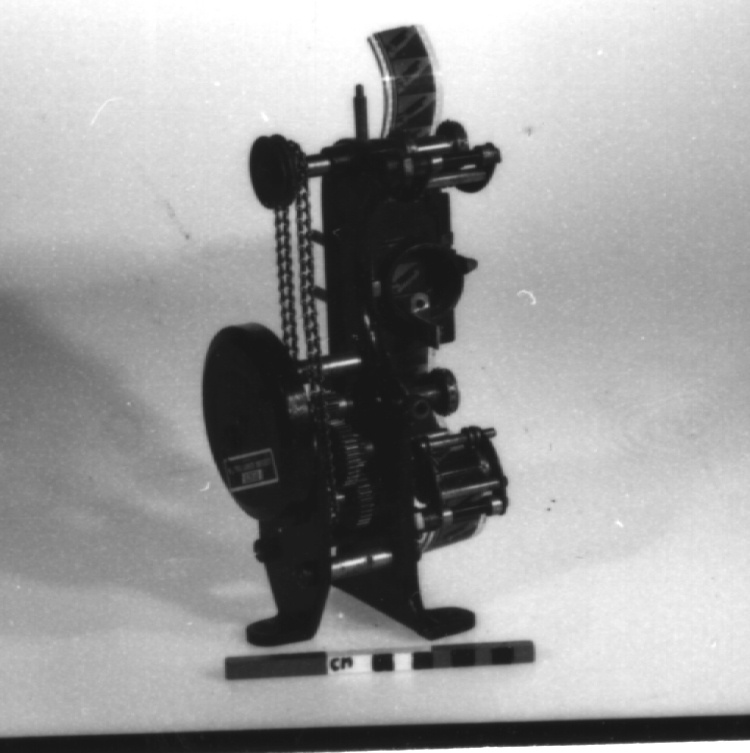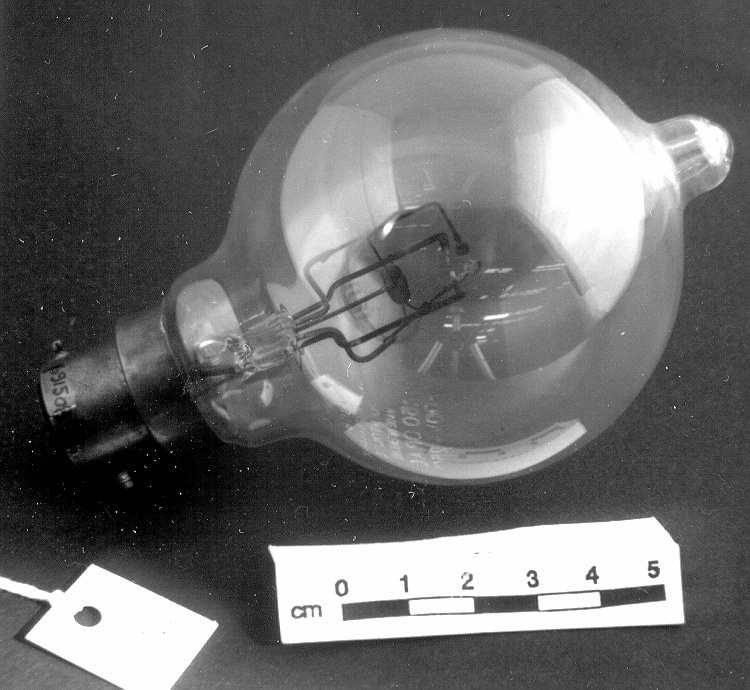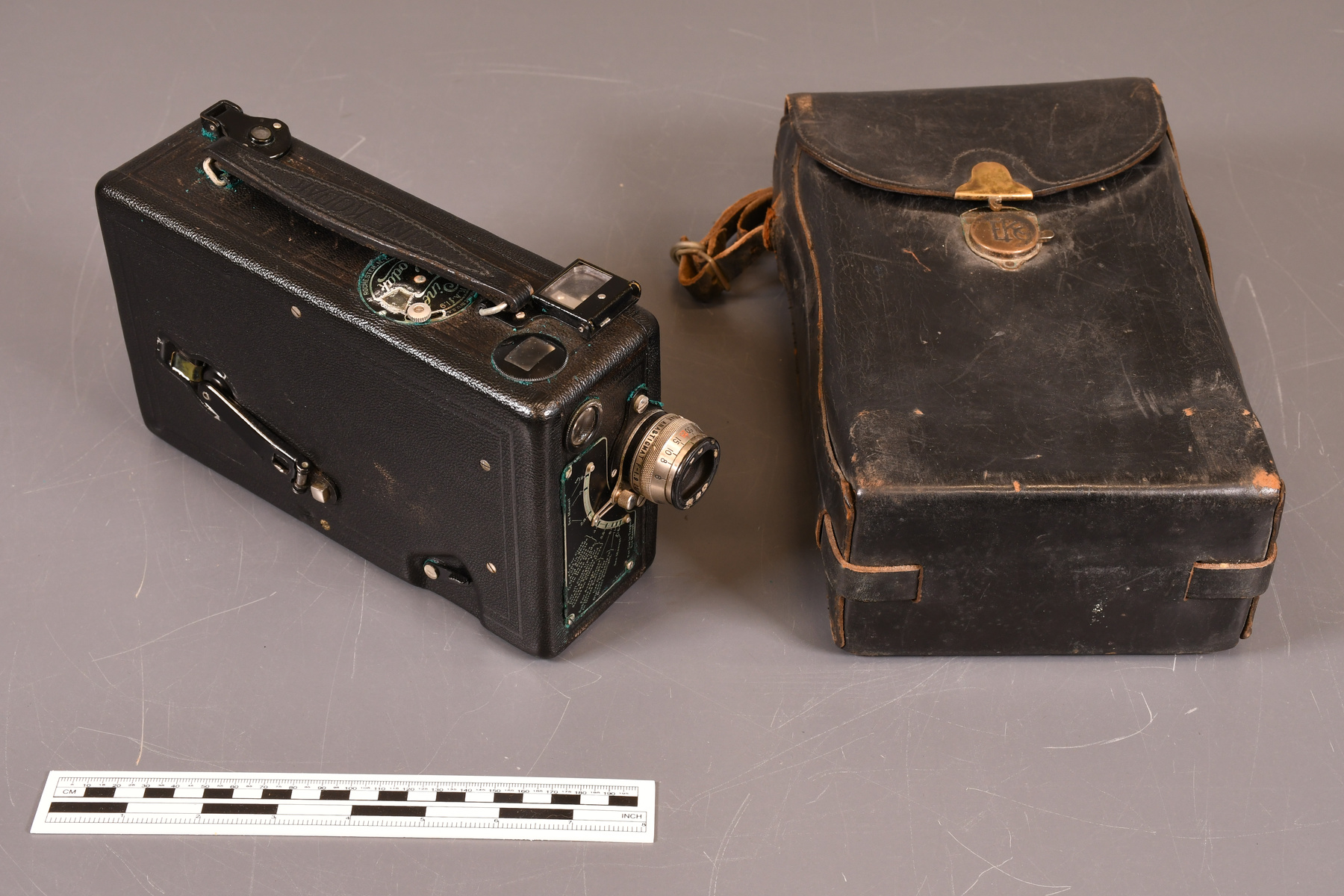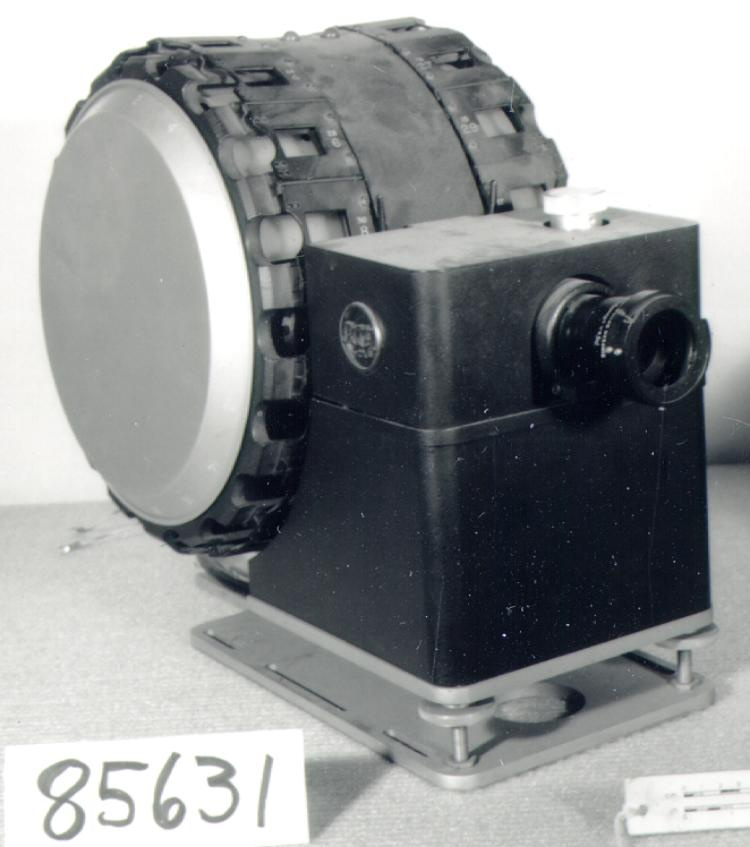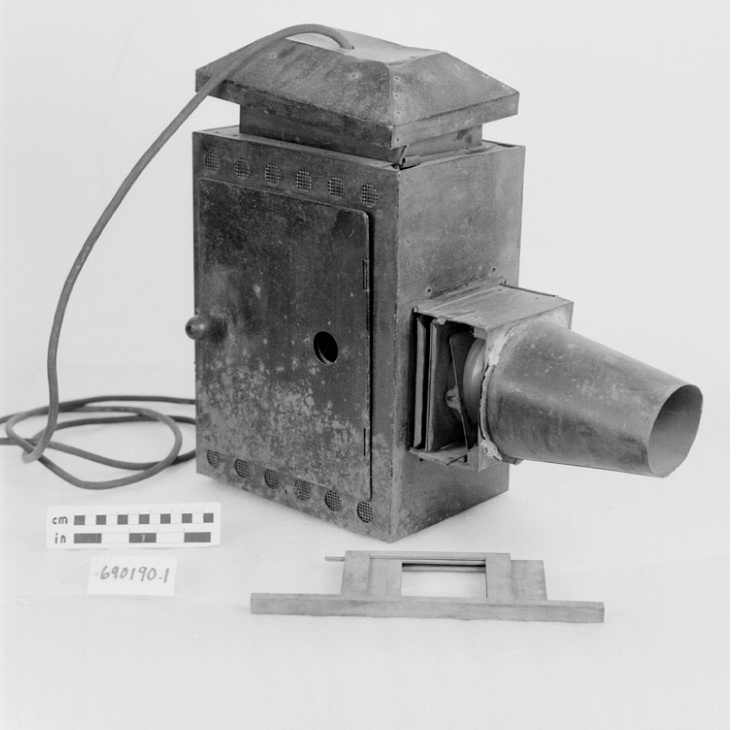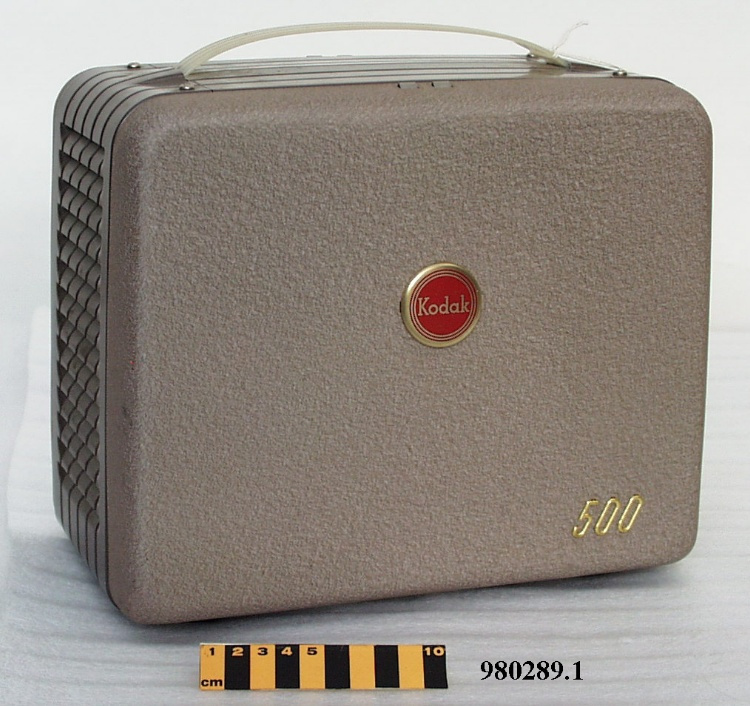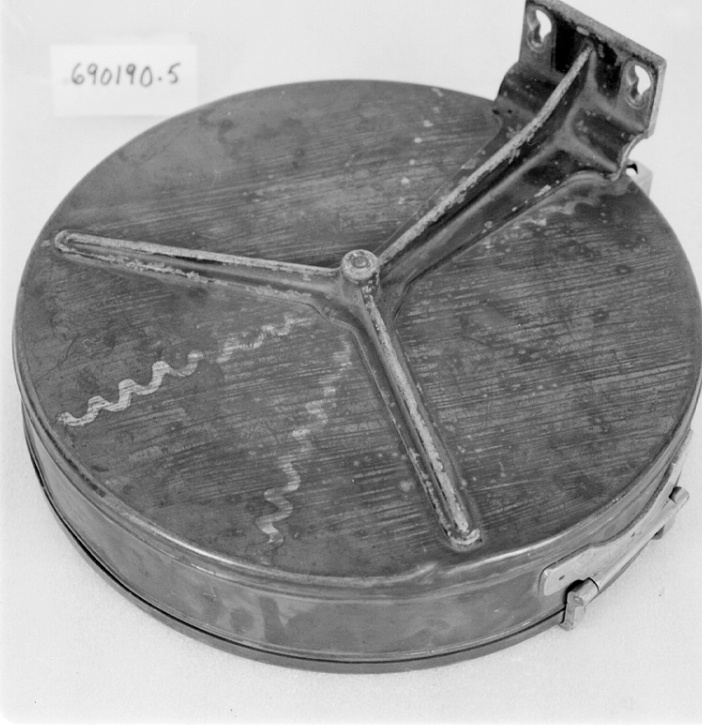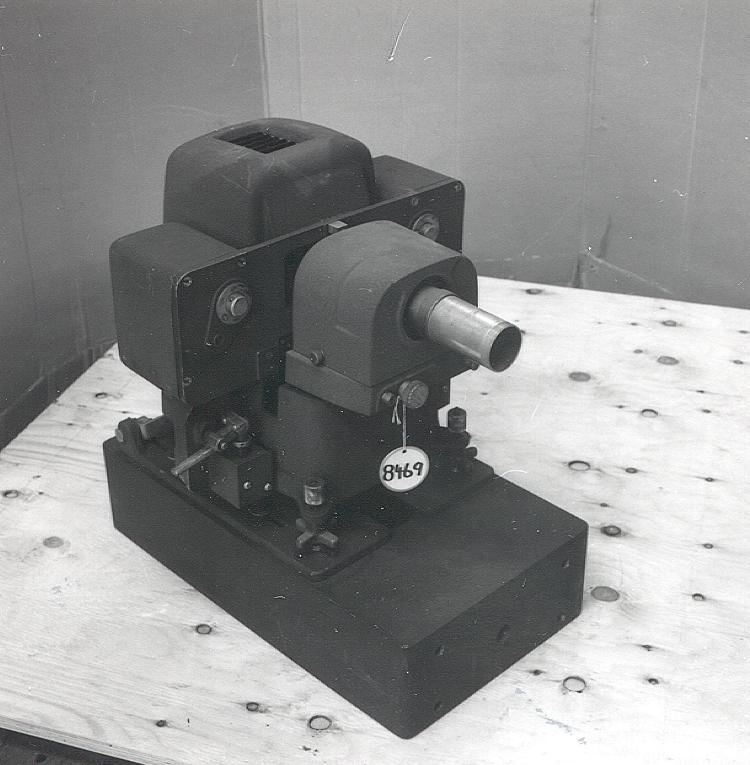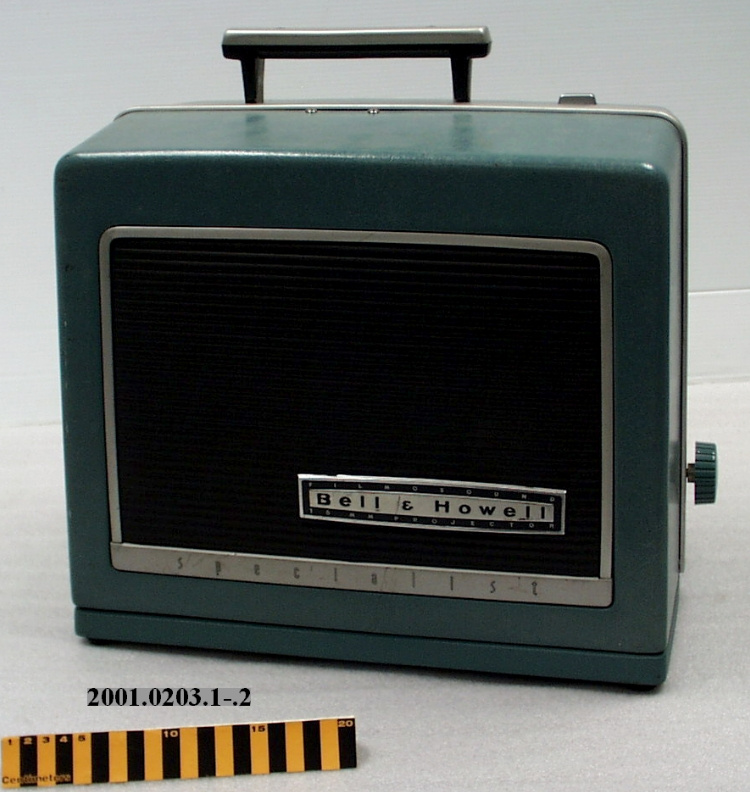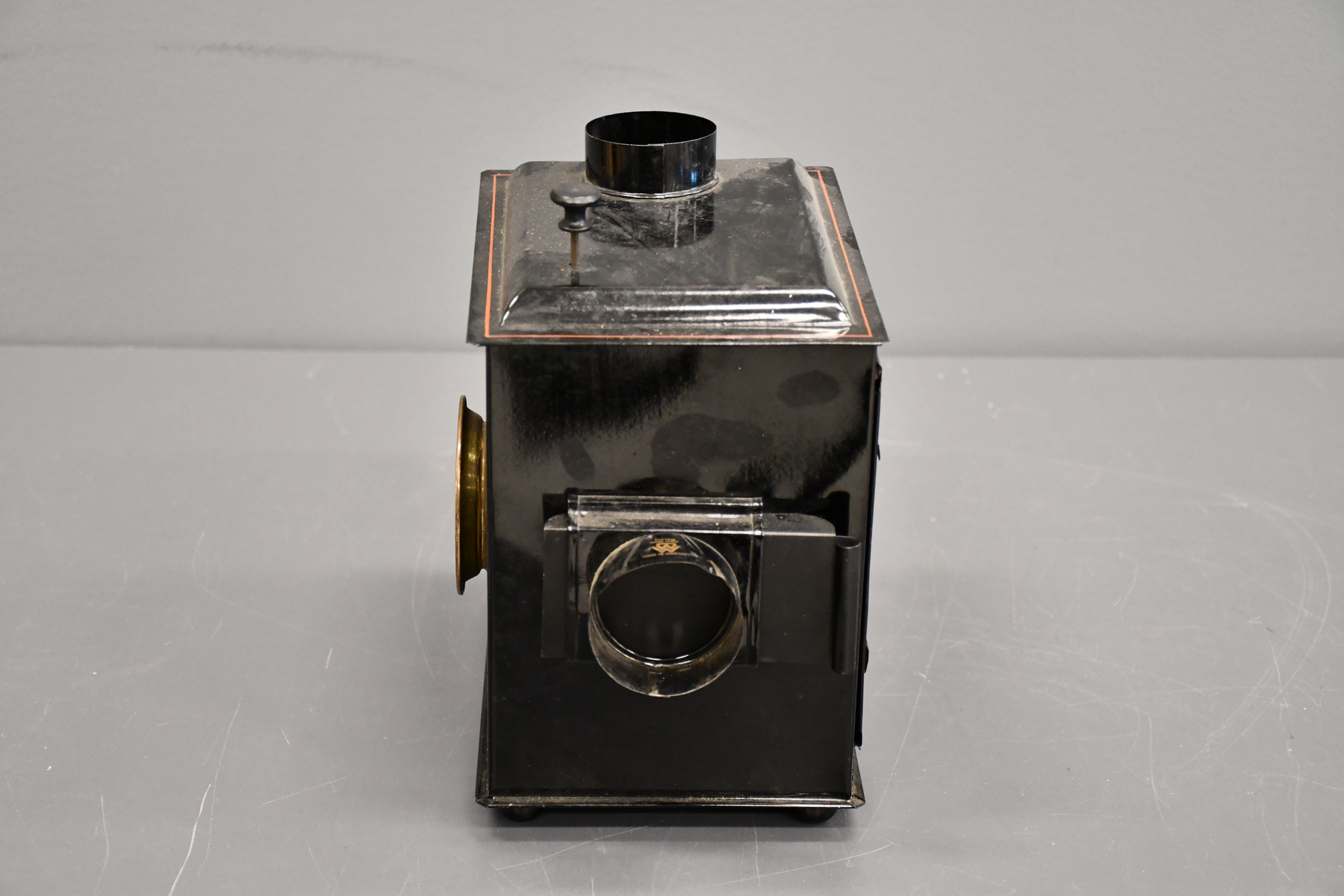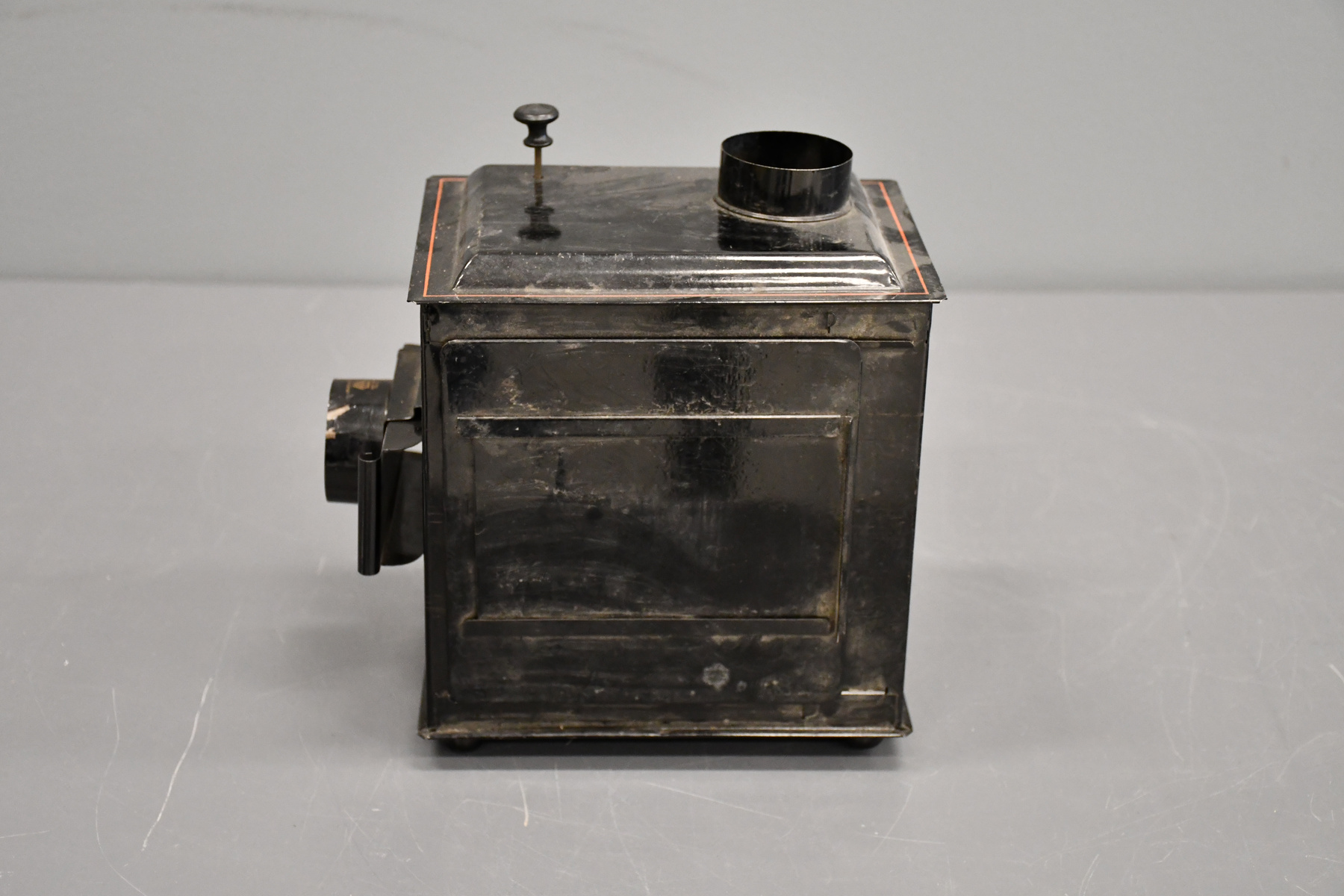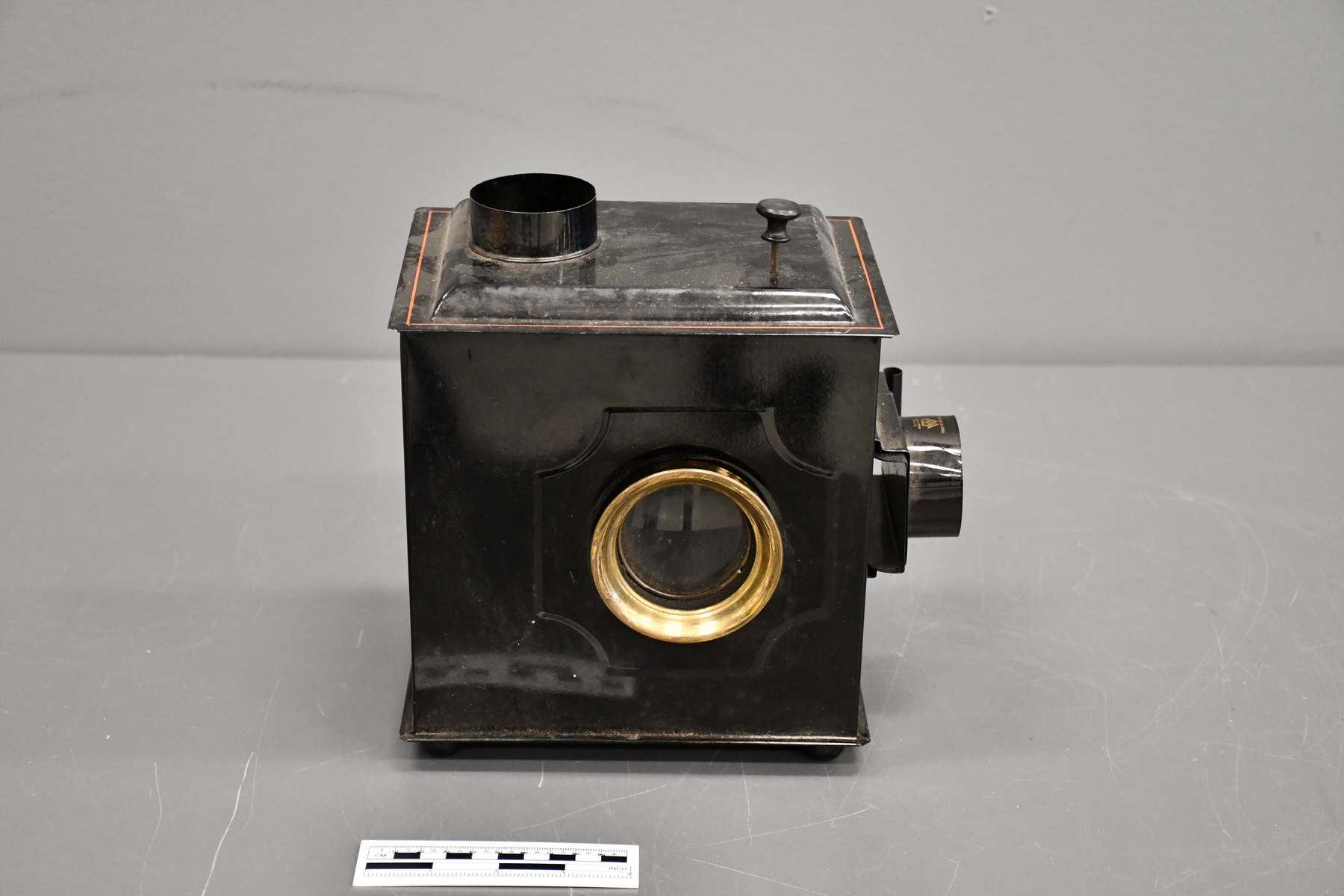Projector
Use this image
Can I reuse this image without permission? Yes
Object images on the Ingenium Collection’s portal have the following Creative Commons license:
Copyright Ingenium / CC BY-NC-ND (Attribution-NonCommercial 4.0 International (CC BY-NC 4.0)
ATTRIBUTE THIS IMAGE
Ingenium,
2014.0419.001
Permalink:
Ingenium is releasing this image under the Creative Commons licensing framework, and encourages downloading and reuse for non-commercial purposes. Please acknowledge Ingenium and cite the artifact number.
DOWNLOAD IMAGEPURCHASE THIS IMAGE
This image is free for non-commercial use.
For commercial use, please consult our Reproduction Fees and contact us to purchase the image.
- OBJECT TYPE
- MAGIC LANTERN
- DATE
- 1925
- ARTIFACT NUMBER
- 2014.0419.001
- MANUFACTURER
- Unknown
- MODEL
- Epidiascope
- LOCATION
- Unknown
More Information
General Information
- Serial #
- N/A
- Part Number
- 1
- Total Parts
- 6
- AKA
- N/A
- Patents
- N/A
- General Description
- Magic Lantern projector manufactured in the 1920s. Projecteur de lanterne magique produit dans les années 1920s.
Dimensions
Note: These reflect the general size for storage and are not necessarily representative of the object's true dimensions.
- Length
- 23.0 cm
- Width
- 15.3 cm
- Height
- 22.5 cm
- Thickness
- N/A
- Weight
- N/A
- Diameter
- N/A
- Volume
- N/A
Lexicon
- Group
- Photography
- Category
- Still images
- Sub-Category
- N/A
Manufacturer
- AKA
- Unknown
- Country
- Unknown
- State/Province
- Unknown
- City
- Unknown
Context
- Country
- Canada
- State/Province
- Ontario
- Period
- 1925 to the 1940s.
- Canada
-
This projector and glass lantern slides were used by the donor’s mother, when she was a child in the 1920’s/30’s while living in Kitchener, Ontario. The year of production of the magic lantern was found to be between 1924 and 1933. One of the 20cm x 6 cm slides is stamped 1925 and consistent with use in the mid-1920’s and 30’s, and possibly up to the early 1940’s. Charlotte Jean Kramp’s parents, were Charlotte (Lottie) Bowers and Gordon Elo Kramp. Two types of glass slides came with this lantern: The first, a set of twelve 20cm x 6 cm well worn glass lantern slides depict a children story of a Winter/Christmas theme. They are framed in yellow tape appear to be in their original box (stamped “Trade Mark BW Made in Germany” and the numbers “12”, and “10/9245/6”). Slides in this set are each marked and numbered 1 to 12 in top left corner with a stylized “BW” logo on top right. The second type, six 13cm x 3.5cm glass slides, also well worn and depict various children tales. Ce projecteur et les images fixes ont été utilisées par la mère du donateur lorsqu'elle était une jeune fille dans les années 1920 et 1930 à Kitchener en Ontario. Les années de production de ces lanternes magiques date de 1924 à 1933. Une des images fixes de grandeur 20cmx6cm est étampé 1925 et a probablement été utilisé à partir du milieu des années 1920s jusqu'au début des années 1940s. Deux différents types d'images fixes sont venues avec la lanterne. Le premier types consiste de douze images 20cmx6cm qui démontre une histoire d'enfant dans un thème de Noël. Ces images ont une bordure en jaune et elles ont un boîtier original (étampé " Trade Mark BW Made in Germany " et les numéros 12 et 10/9245/6) Ces images fixes sont énumérées d'un à douze dans le coin gauche du haut avec le logo BW dans le coin droit du haut. Le deuxième type d'images fixes, six images fixes 13cm x 3.5cm, démontre aussi des histoires d'enfants. - Function
-
A toy magic lantern for projecting still images using transparent glass slides or flat opaque images. Epidiascope magic lanterns such as this one were used in a home setting as a means of entertainment. Une lanterne magique pour projeter des images fixes à partir de diapositives en verres transparents. Les lanternes magiques "Edipiascope" comme celle-ci étaient souvent retrouvés dans les maisons en tant qu'outil de divertissement. - Technical
-
This BW magic lantern, termed an epidiascope, is a type of device for projecting both transparent slides and opaque objects. Made in the mid-1920’s by Bing-Werke AG of Nuremberg, Germany, the two lens electrical magic lantern projected still images using either glass lantern slides, or opaque images. The light source in this 1920’s magic lantern is an electrical light fixture. Inside is a vertically set mirror made adjustable by a black knob found on top the magic lantern. The operator would turn the mirror one way to reflect the light out the smaller lens for the projection of glass lantern slides. Turned the other way, the mirror reflected light out the larger lens for flat opaque images to be projected (episcope) onto a screen or wall such as from postcards, prints, photographs, or pages from a book. The combined functions made the epidiascope the ideal projector for schools and lecture halls. Cette lanterne magique BW, connu comme étant un épidiascope, est un type d'instrument utilisé pour projeter des images fixes transparentes et des objets opaques. Fabriqué au milieu des années 1920s par Bing-Werke AG à Nuremberg en Allemagne. Ce projecteur à deux lentilles projettent des images fixes ou des images opaques. La source optique de ce projecteur est luminaire électrique. À l'intérieur du projecteur on retrouve un miroir vertical ajustable à l'aide du bouton noir retrouvé sur la surface de la lanterne. L'opérateur pouvait tourner le miroir d'un côté pour refléter la lumière en sortant de la petite lentille pour projeter les images fixes. Lorsque le mirroir est tourné de l'autre côté, le mirroir reflète la lumière en sortant de la plus grande lentille pour des images opaques pour qu'elles soient projetées sur un écran ou un mur. Certains de ces images peut inclure des cartes postales, des épreuves, des photographes ou des pages de livre. Ces deux fonctions ont fait en sorte que l'épidiascope est le projecteur idéal pour des écoles ou des amphithéâtres. - Area Notes
-
Unknown
Details
- Markings
- On the front of the projector: " INT.REG. /. TRADE MARK /. MADE IN GERMANY "
- Missing
- Appears complete.
- Finish
- Metal projector painted in black. Surface of the projector has red lining as well as a black synthetic knob. The side of the projector has a gold coloured lens opening. The lens opening on the front of the projector has golden text. The projector has four black synthetic pegs. Projecteur en métal peinturé en noir. La surface du projecteur a une petite ligne rouge qui fait son contour ainsi qu'un bouton noir synthétique. Le côté du projecteur à une ouverture de lentille en or. L'ouverture de lentille au-devant du projecteur a de l'écriture en or. Le projecteur a quatre chevilles noirs synthétique.
- Decoration
- The "BW" golden logo on the front of the projector represents the projector's manufacturer; Bing-Werke. Le logo en or "BW" sur le devant du projecteur représente le manufacturier du projecteur; Bing-Werke.
CITE THIS OBJECT
If you choose to share our information about this collection object, please cite:
Unknown Manufacturer, Projector, circa 1925, Artifact no. 2014.0419, Ingenium – Canada’s Museums of Science and Innovation, http://collection.ingeniumcanada.org/en/id/2014.0419.001/
FEEDBACK
Submit a question or comment about this artifact.
More Like This
